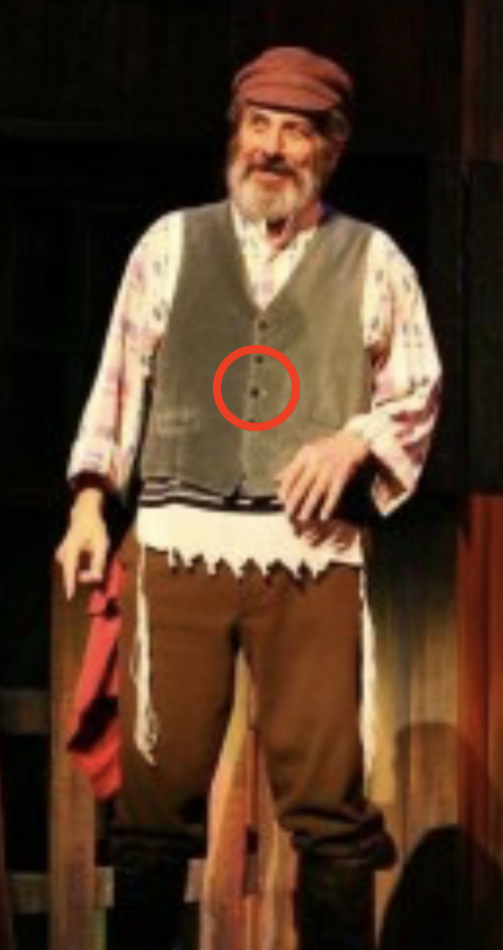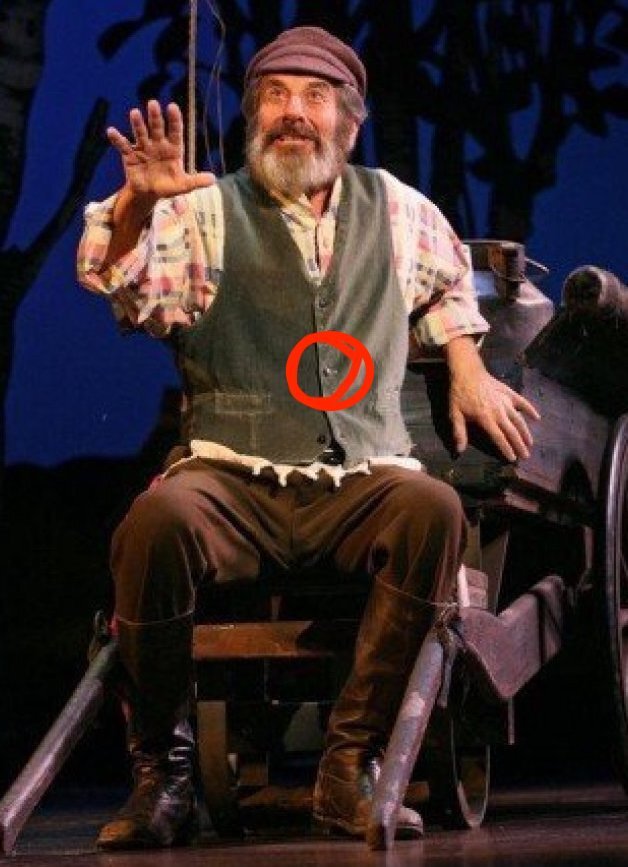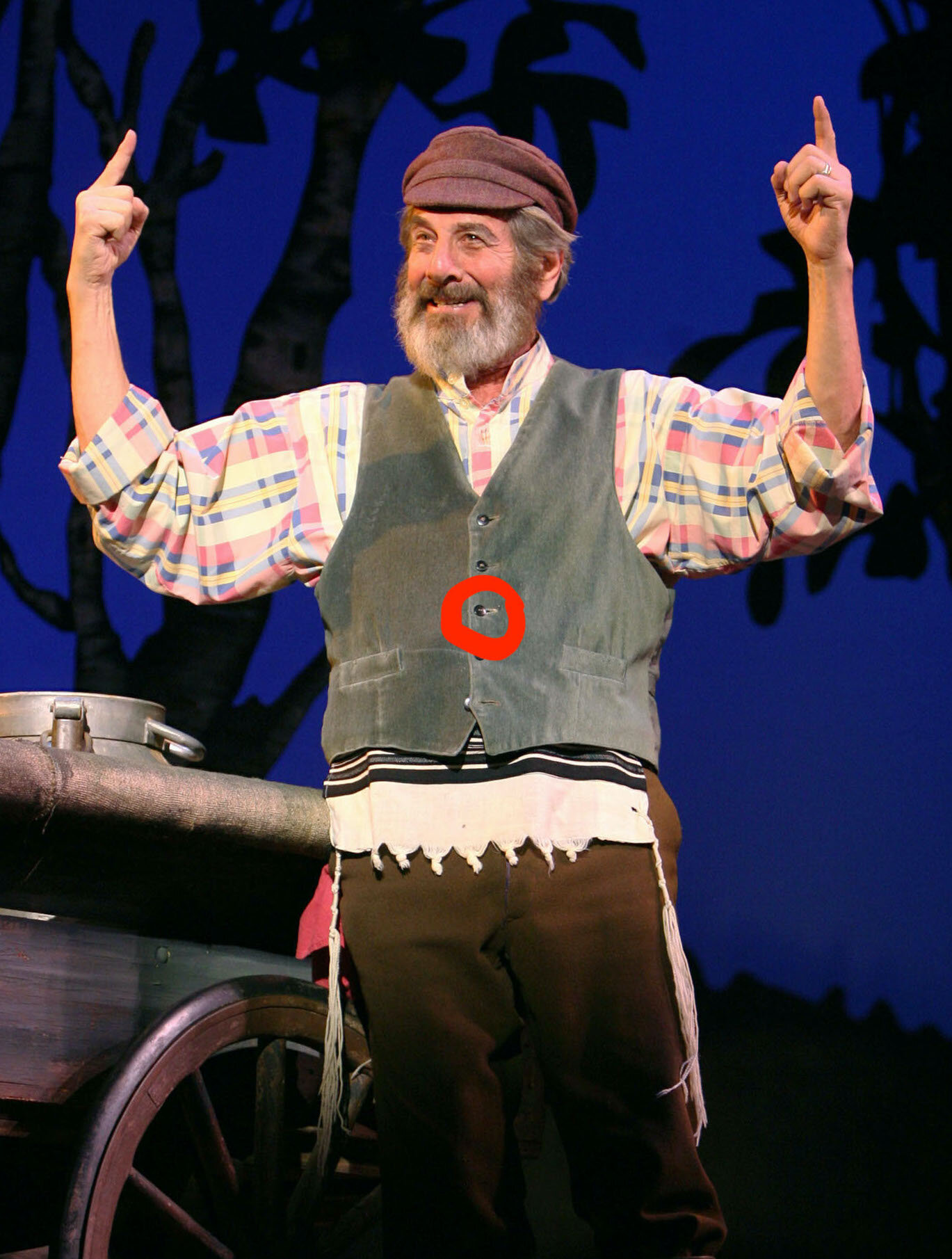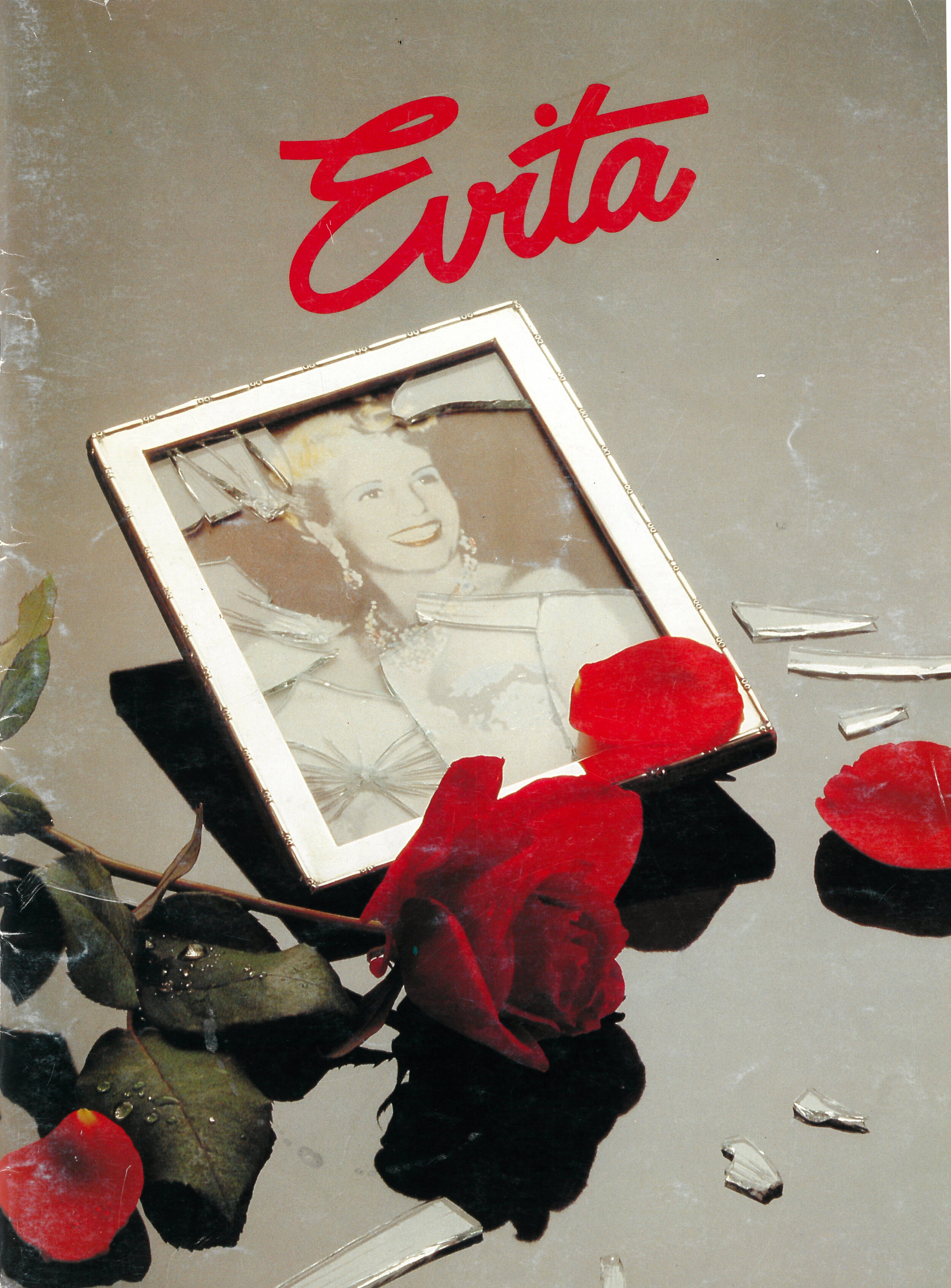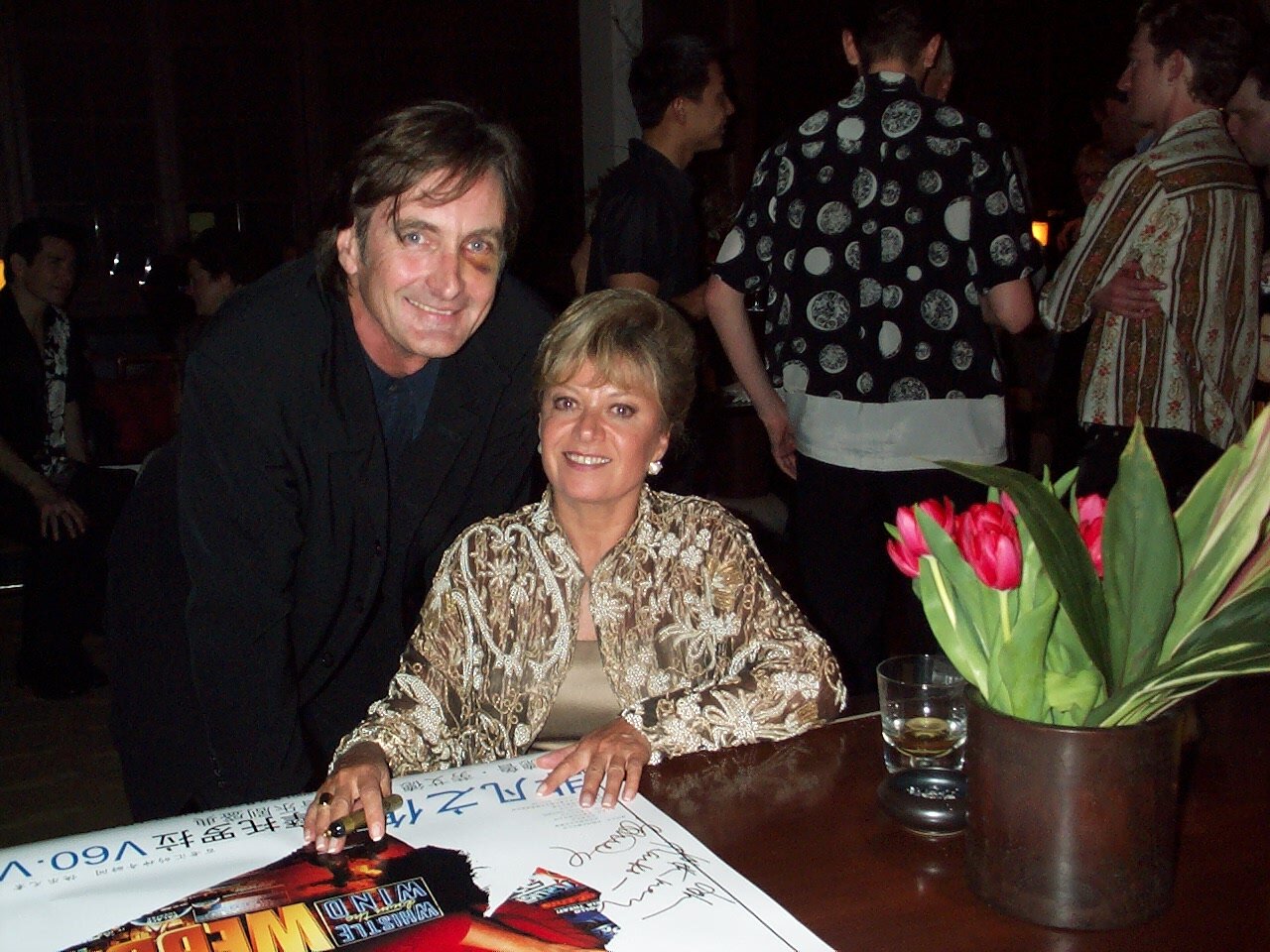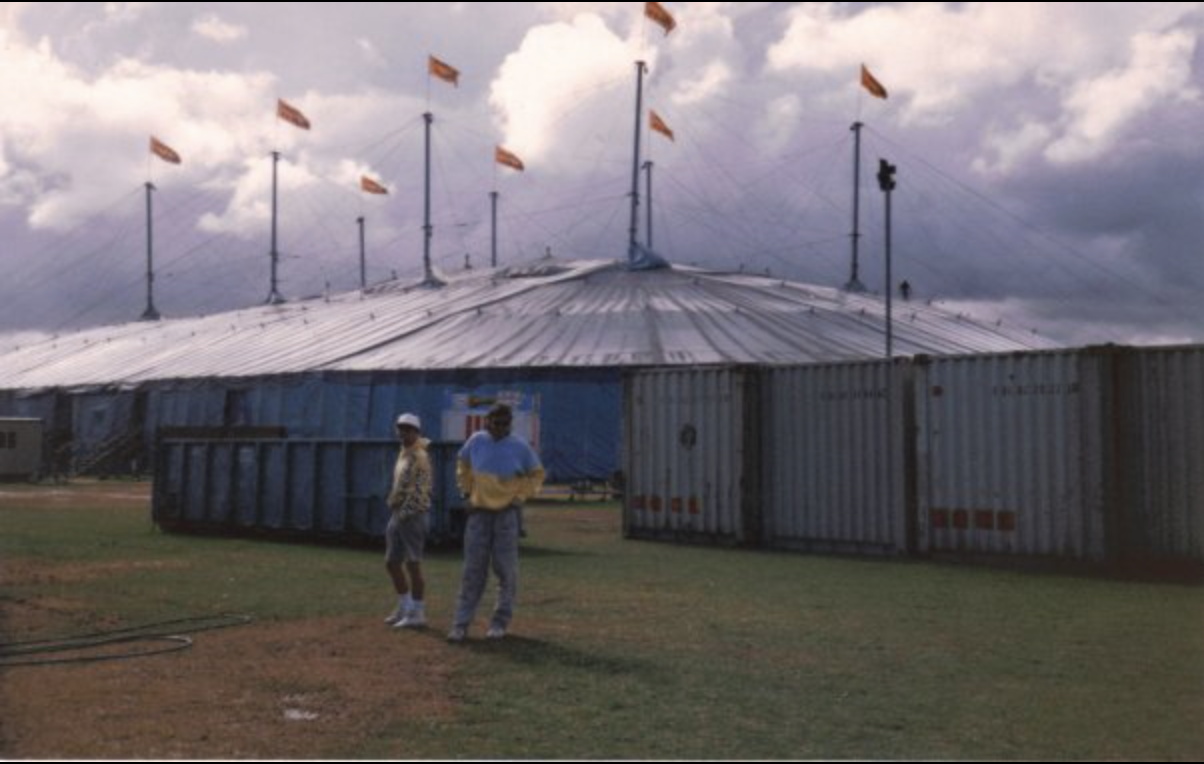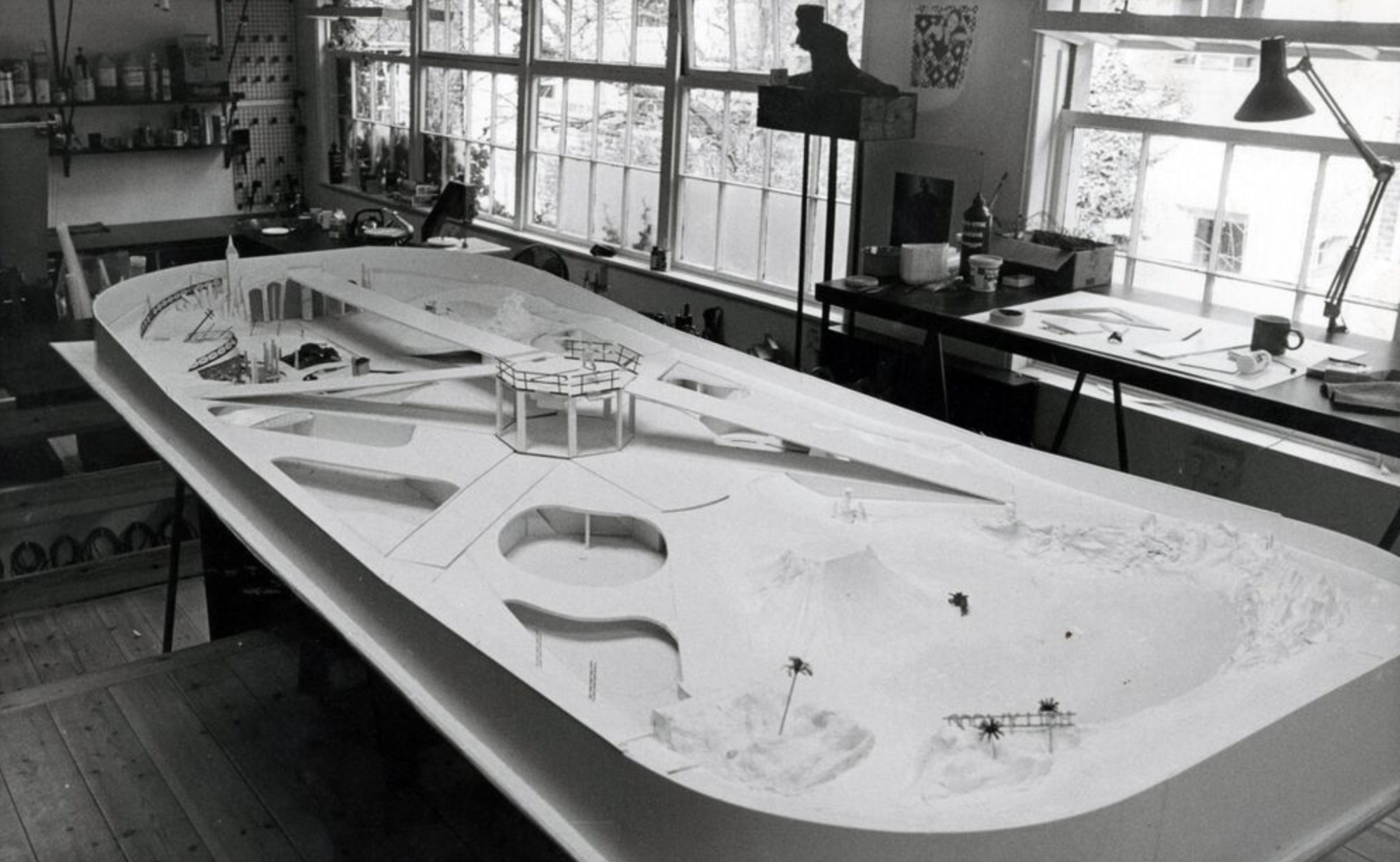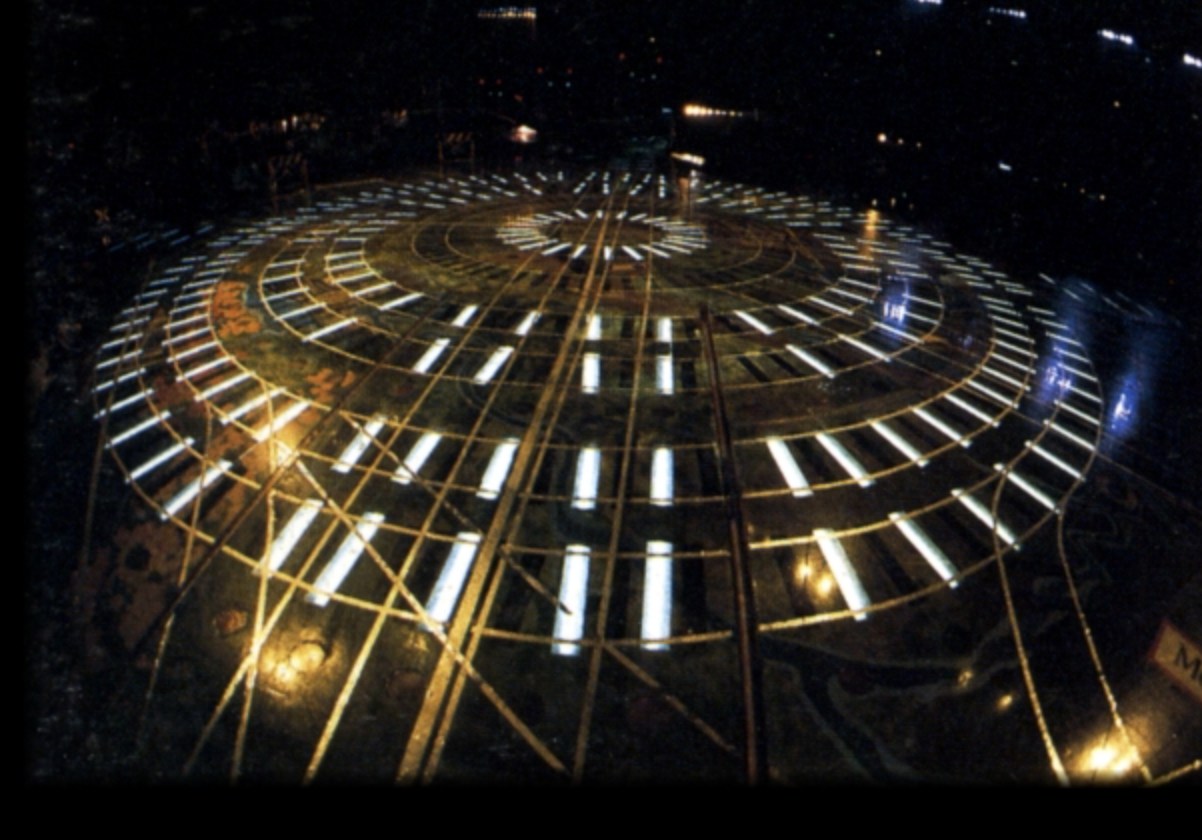Fiddler On The Roof 2005
In 2005, Tim Lawson of TML Enterprises in partnership with International Concert Attractions launched “Fiddler on The Roof” at The Capitol Theatre in Sydney, starring the originator of the role, Chaim Topol. Topol at the time was 71, and this would be his second last performance in this iconic role. An auteur and devilish charmer, Topol was not only a powerful force in the direction of the production, but also a charismatic man known for his flirtatious nature!
Whilst this season ran for a relatively short Australian tour, it was, as it always has been, wildly successful. Fiddler was due this year to return to Australia just 5 years after it’s previous revival starring Anthony Warlow. This time was to be fully in Yiddish, the unique language only spoken by 400,000 people worldwide. This unfortunately was delayed by the outbreak of Covid-19 but will surely return in the future.
Fiddler has a unique score, by composers Jerry Bock, Don Walker, with an orchestration of 16, entwining both catchy Broadway stylisations with traditional elements drawn from the rich folk music of the Jewish tradition, particularly that of the Pale Settlement Jews of Eastern Europe. Rodgers and Hammerstein briefly considered the score but like many, particularly investors and those in the media considered it to be “too Jewish” to attract a mainstream audience. How wrong they were! Not only would the musical win 9 Tony Awards, it would be made into a feature film and become the first Broadway musical to surpass 3000 performances. It held the record for the longest running Broadway musical for almost ten years until Grease premiered. It has also remained a staple in the canon of community and school productions due to it’s accessible nature and widespread appeal. Legendary producer/director Hal Prince eventually signed on as producer, likely contributing to the shows phenomenal success.
Designing the sound for the Australian production was our own Kelvin Gedye . Whilst the sound system itself was unremarkable and highly practical, elements of the design such as a it’s MEYER UPJ-1P vocal and CQ-1 left right band systems in conjunction with discrete miking with primarily Sennheiser orchestral mics perfectly reinforced the essentially acoustic nature of the composition. In the Melbourne season the orchestra would be mic’d with System’s famous set of Schoeps CMC microphones. The desk itself was re-utilised from the return seasons of Les Mis and Miss Saigon, a J-Type Cadac with 26 slot K-Type side frame for vocals, unique in it’s upright structure. The multicore was a custom made Autograph UK system wired directly to the desk and sideframe with a jack-plug patchbay for signal routing. In historic patchbay fashion, the plugs were brass and had to be cleaned regularly as they corroded!
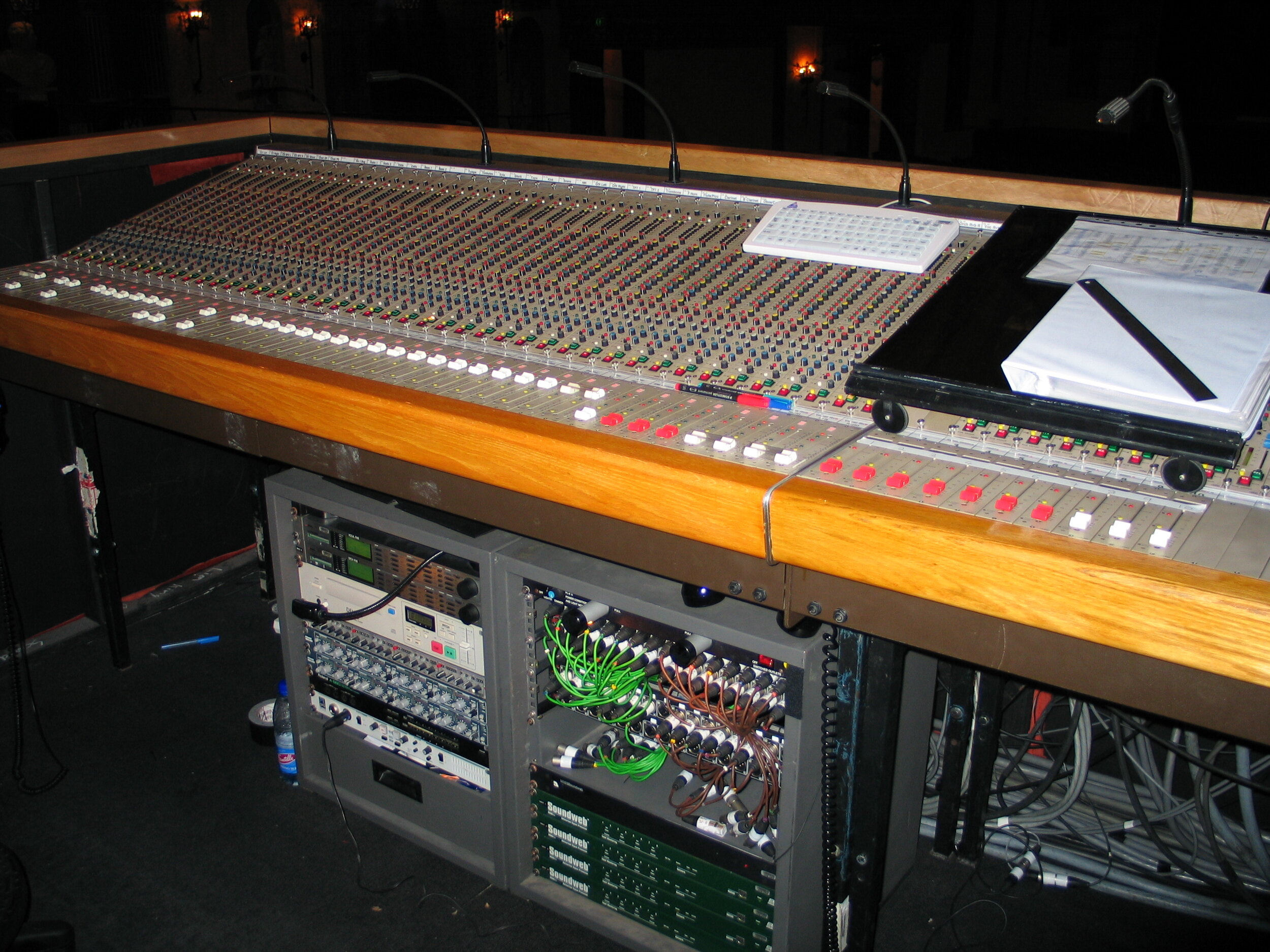

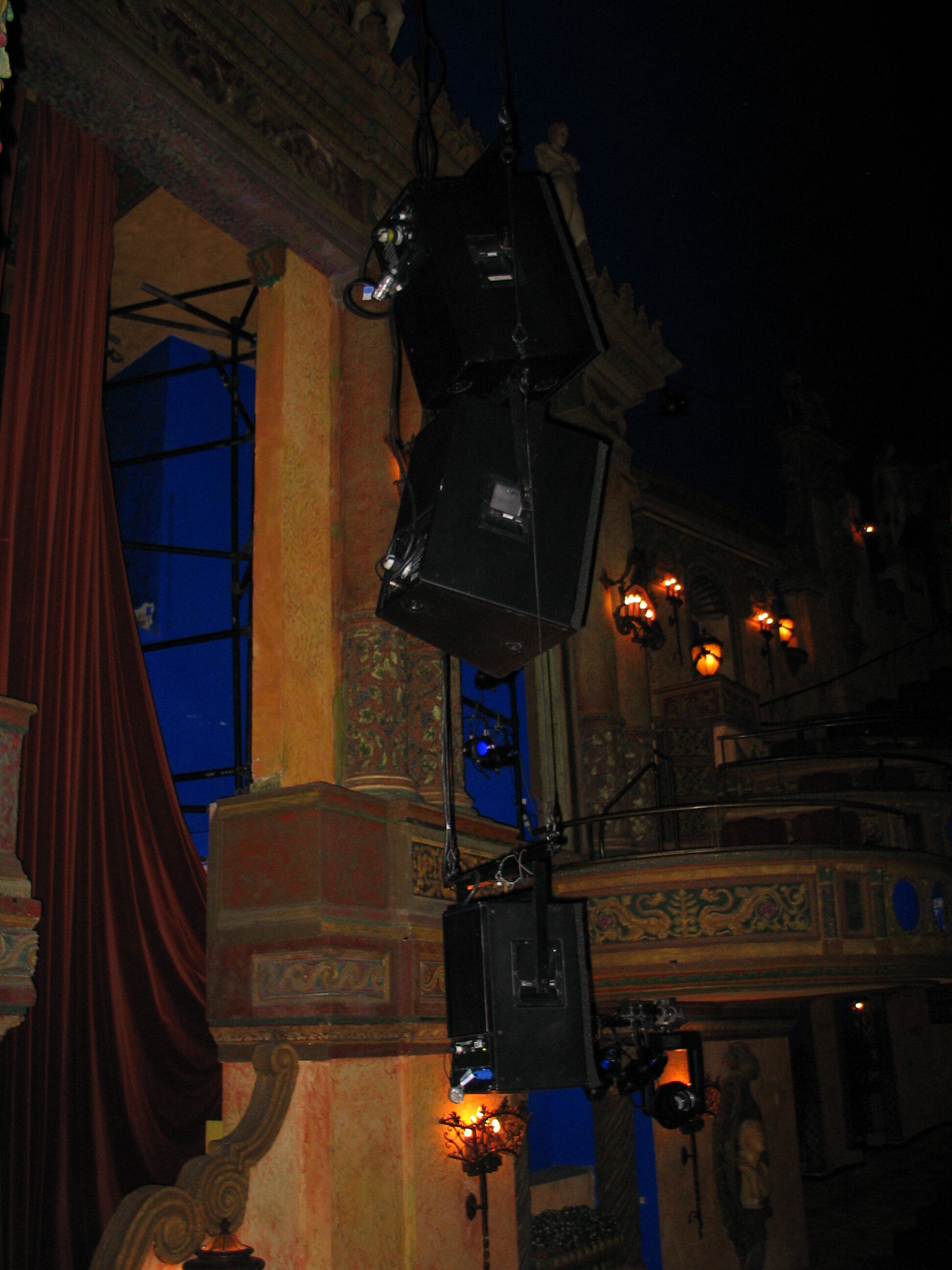
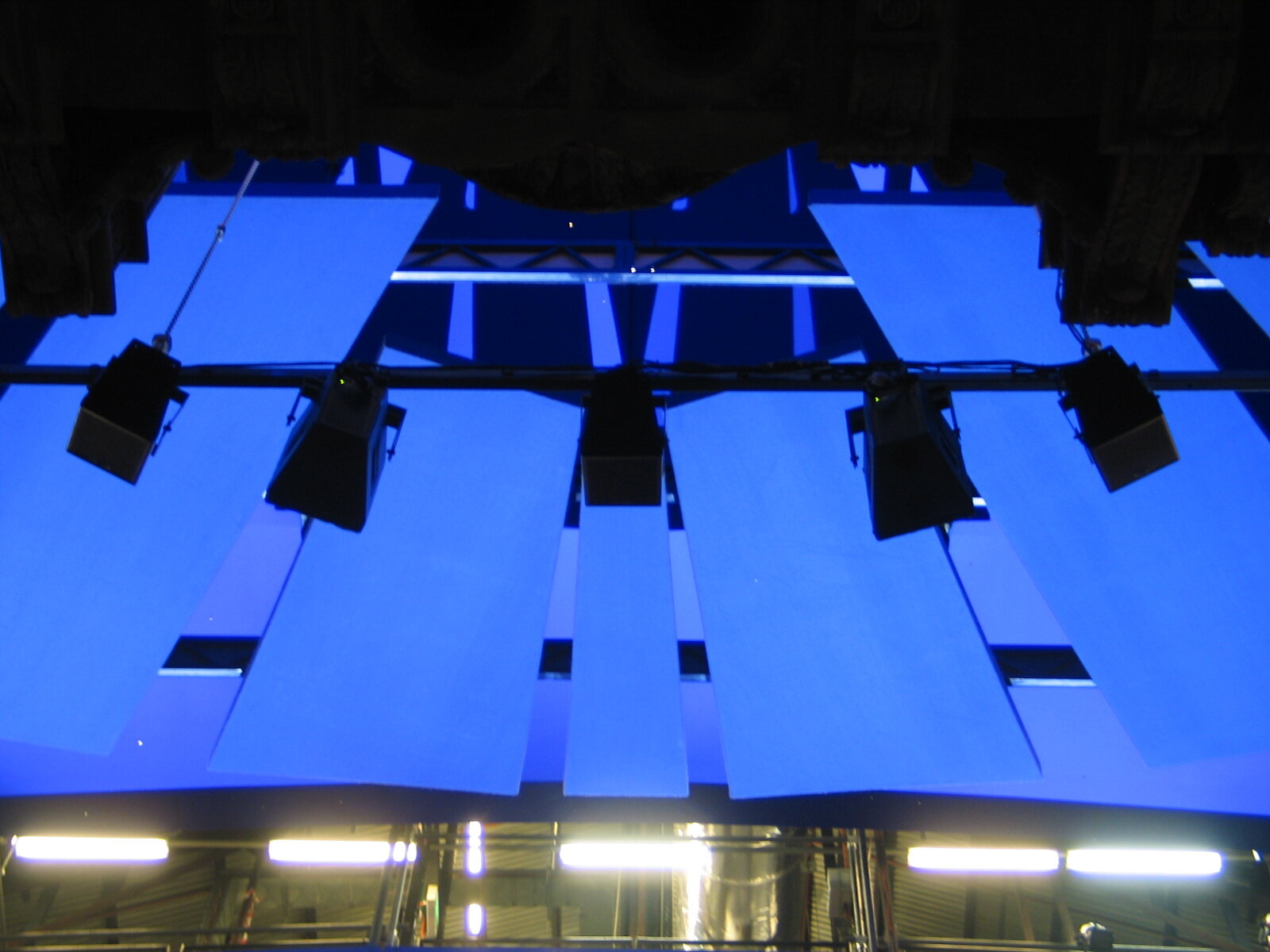
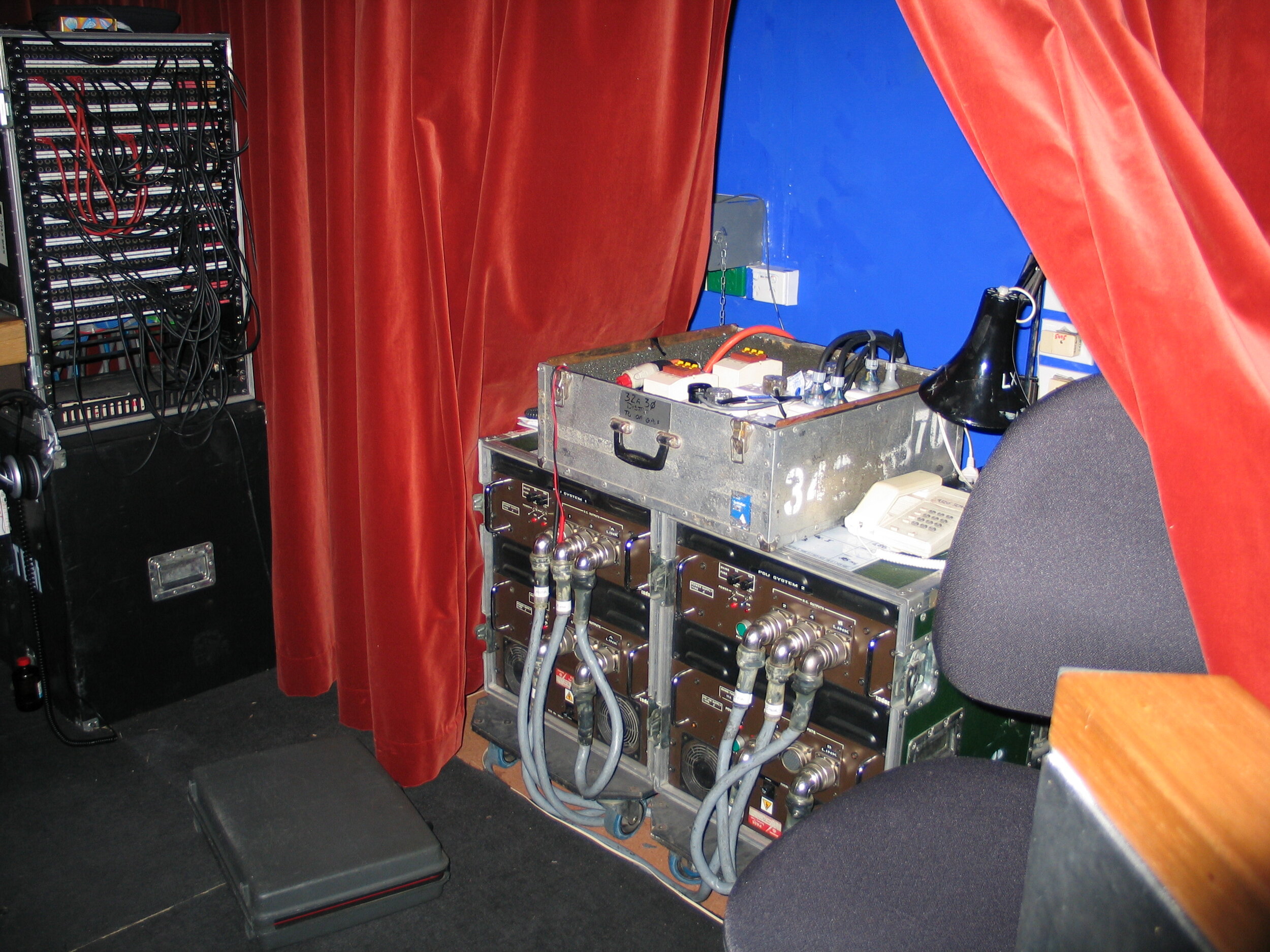
Simply put this system was fundamentally the highest quality without unnecessary processing and superbly amplified an already strong orchestra and cast. Musical Director Steven Amos opened the show with Vanessa Scammel taking over midway through the tour.
Cast were mic’d with Sennheiser MKE-2’s and in a very unique personal request, Chaim Topol had his microphone mounted in the third button down on his shirt. This was so that he could control his own level by talking down when he wanted to increase his volume. Naturally, and as a warning to all performers considering this option, this is actually a terrible idea and his microphone had to be compressed to control the wild fluctuations in level! Still, I understand the theory! (If the audience were not laughing enough at his jokes he would look down at the microphones for more level - it makes for a great image ….. !)
The onstage foldback levels were automated by an Outboard Electronics processor unit.
This company would go on to manufacture the Timax sytem currently in use on Harry Potter and a number of other major shows where it uses radio locating technology to perfectly time delays to each performer and musician. Topol was very particular in his requests for foldback so the entire show was custom programmed to suit his requirements.
As for the system processing, this was done via Soundwebs… need I say more…
The design team was the aforementioned Kelvin Gedye, with associate designer and PSE, Nick Reiche and the team was headed by David Greasely, with Gillian Davison operating and Claudia Anderson perfecting, as always the radios and backstage requirements.
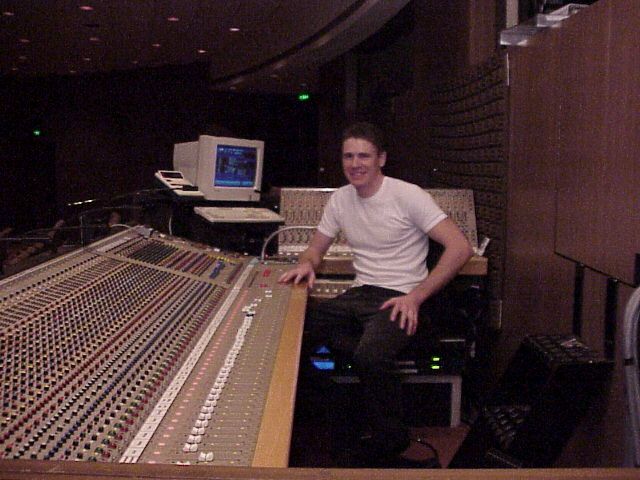
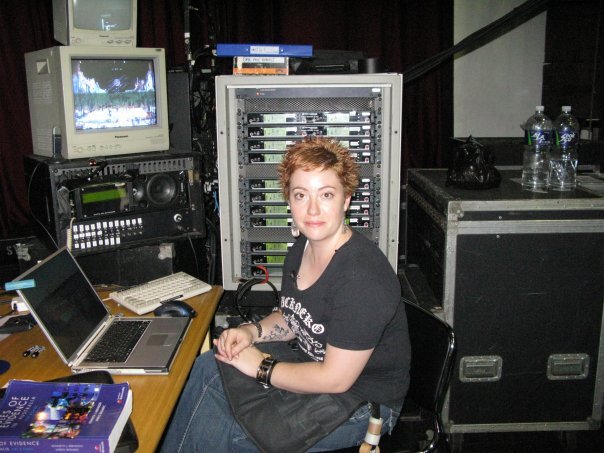
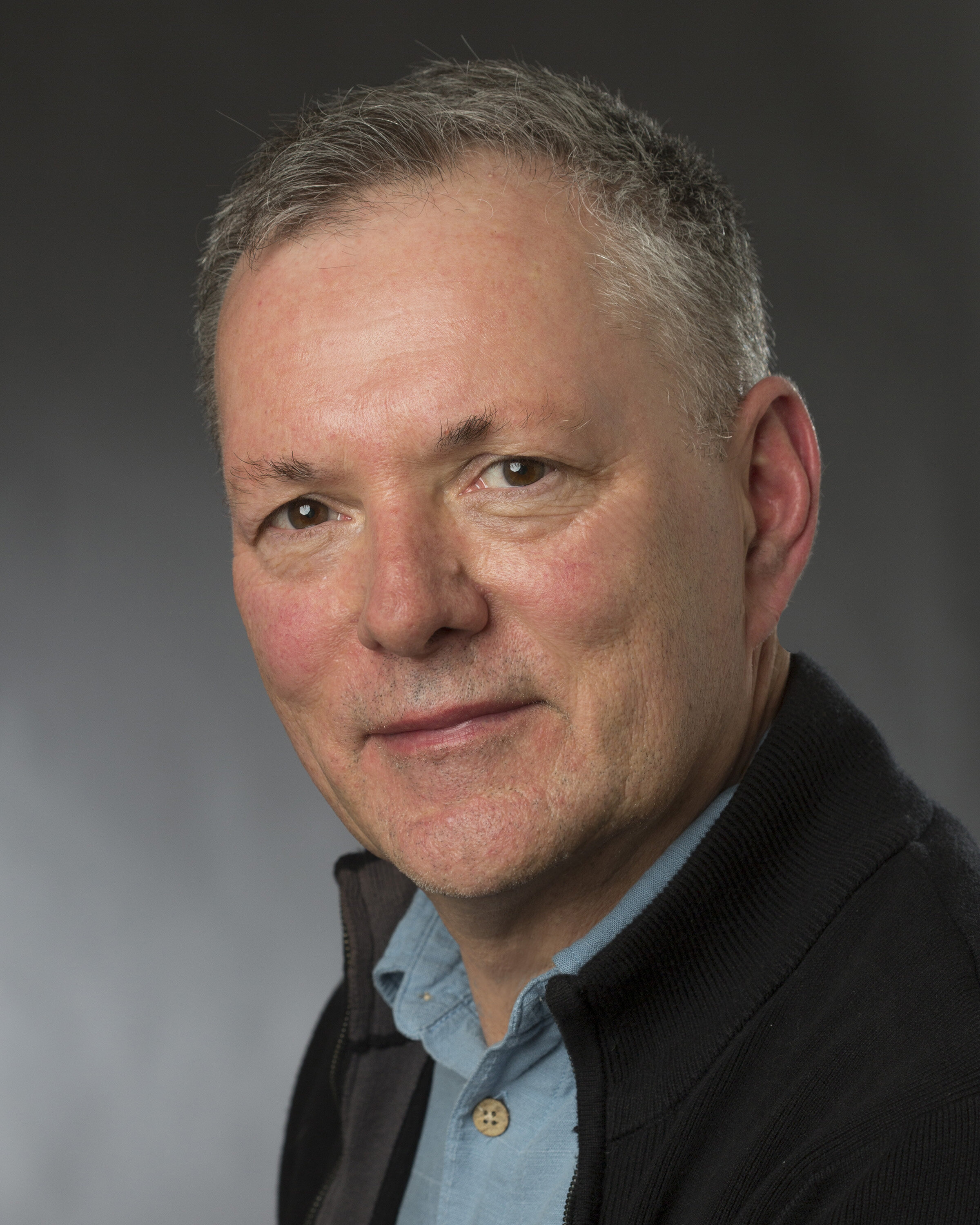
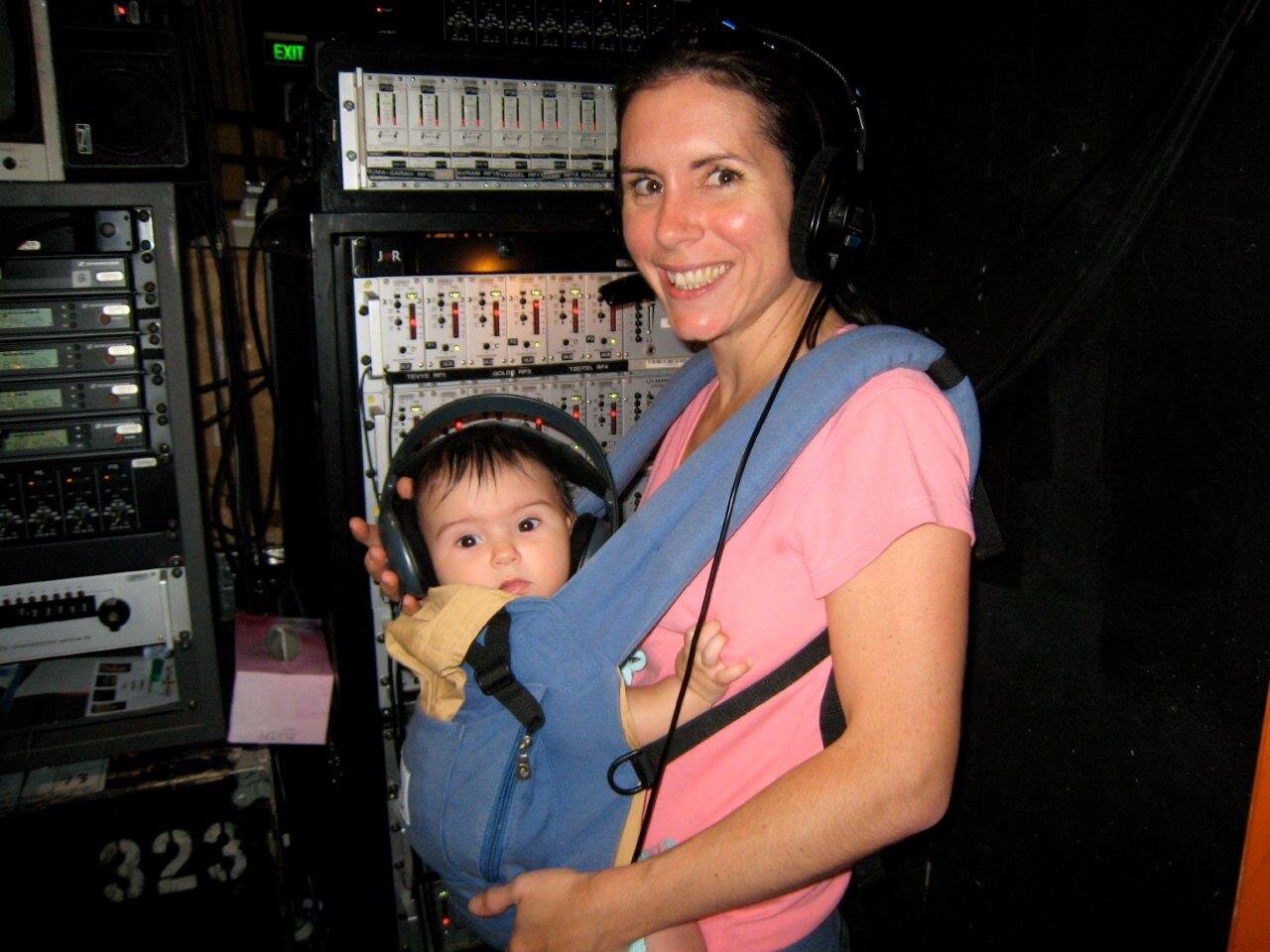
Fiddler would play at the Capitol, Sydey, opening 20 September, 2005; followed by the Lyrics theatre, QPAC opening the 1st of April, 2006 and finally Melbourne at Her Majesty’s Theatre, opening the 10th of June that same year.
Here’s an excerpt from the Syndey Morning Herald’s review featuring a few of our friends from many other productions.
“
The cast makes the most of limited parts in what is undeniably a star-vehicle show. Judith Roberts is excellent as the guarded Golde and Maggie Kirkpatrick is terrific as the indomitable Yente.
The three daughters are well cast: Louise Kelly is superb as Tzeitel, Octavia Barron Martin is a passionate Hodel and Emily Green delights as Chava. As their respective loves, the men are just fine: Amos Szeps as Motel, David Harris as Perchik and Shaun Rennie as Fyedka.
One of the best scenes is "The Dream" in which Emma Powell rises to the spirited occasion and sings up a storm. If only the show had more of that inspirational spark. At any rate, it is worth seeing for Topol.
“
See below photographs the team, system, company list and find both a standard res copy of the program by clicking the photo and a full hi-res scan on the button below.
Visible Ink Designs
Also a shout-out to rock and roll industry legend, graphic designer Dominic Barbuto of Visible Ink Design and Marketing for his instantly recognisable work. We love you Dom! He also designed the System Sound logo!
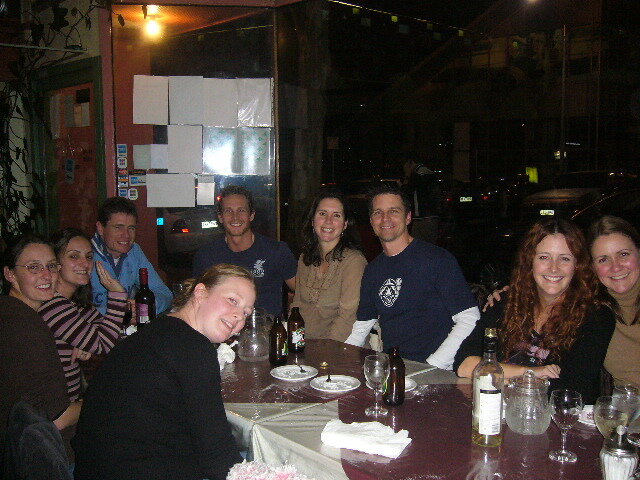
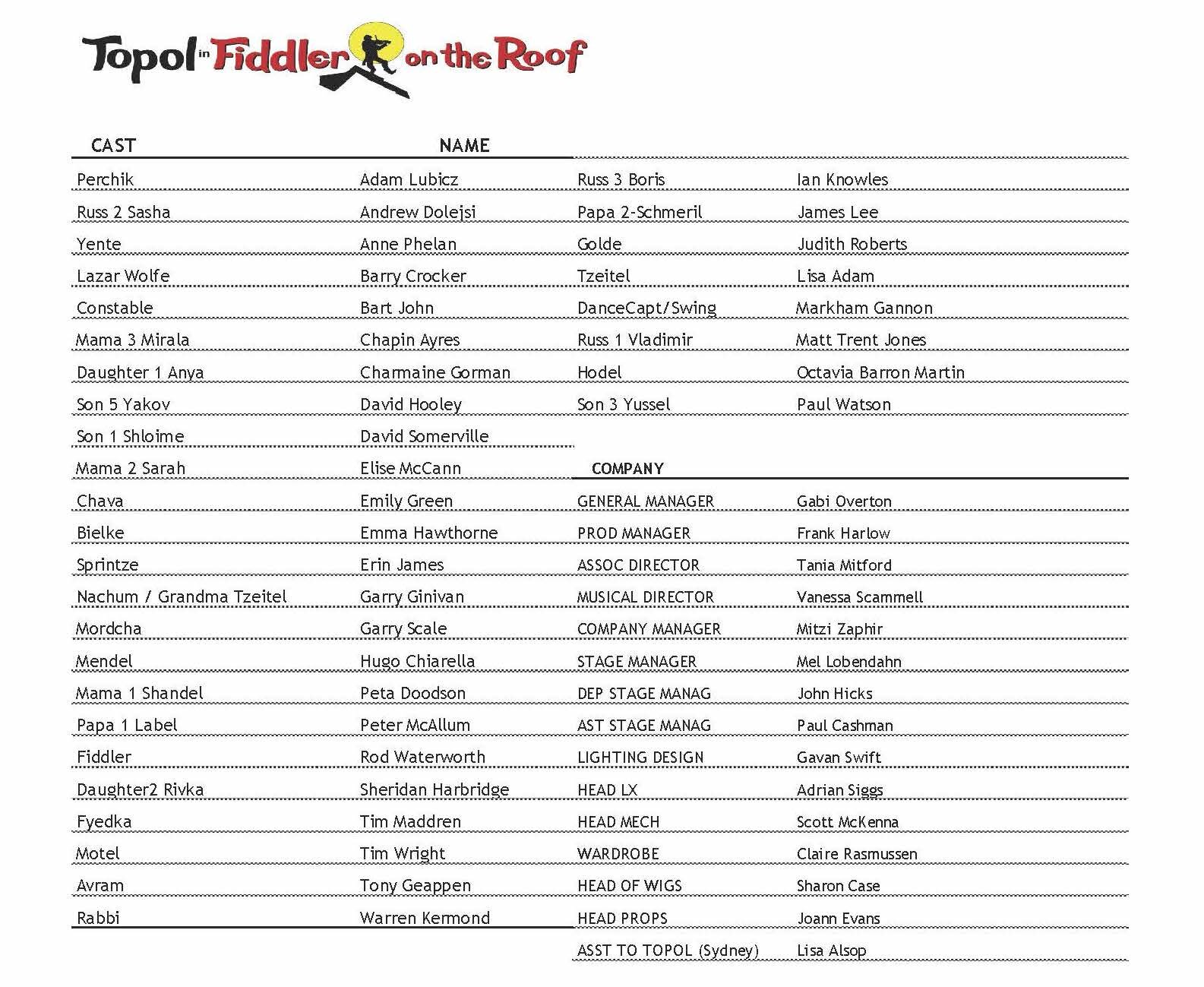
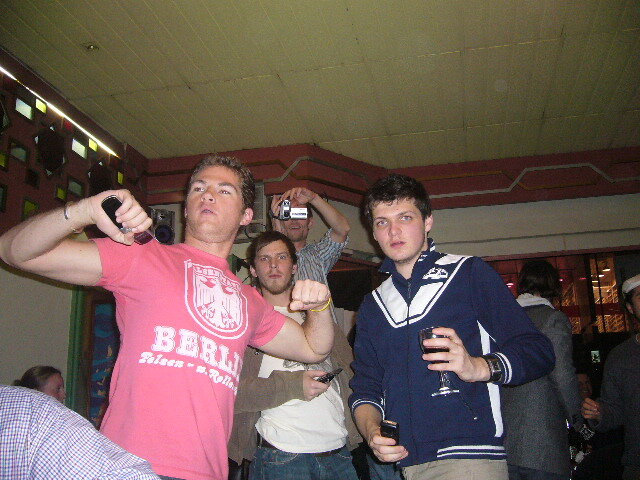
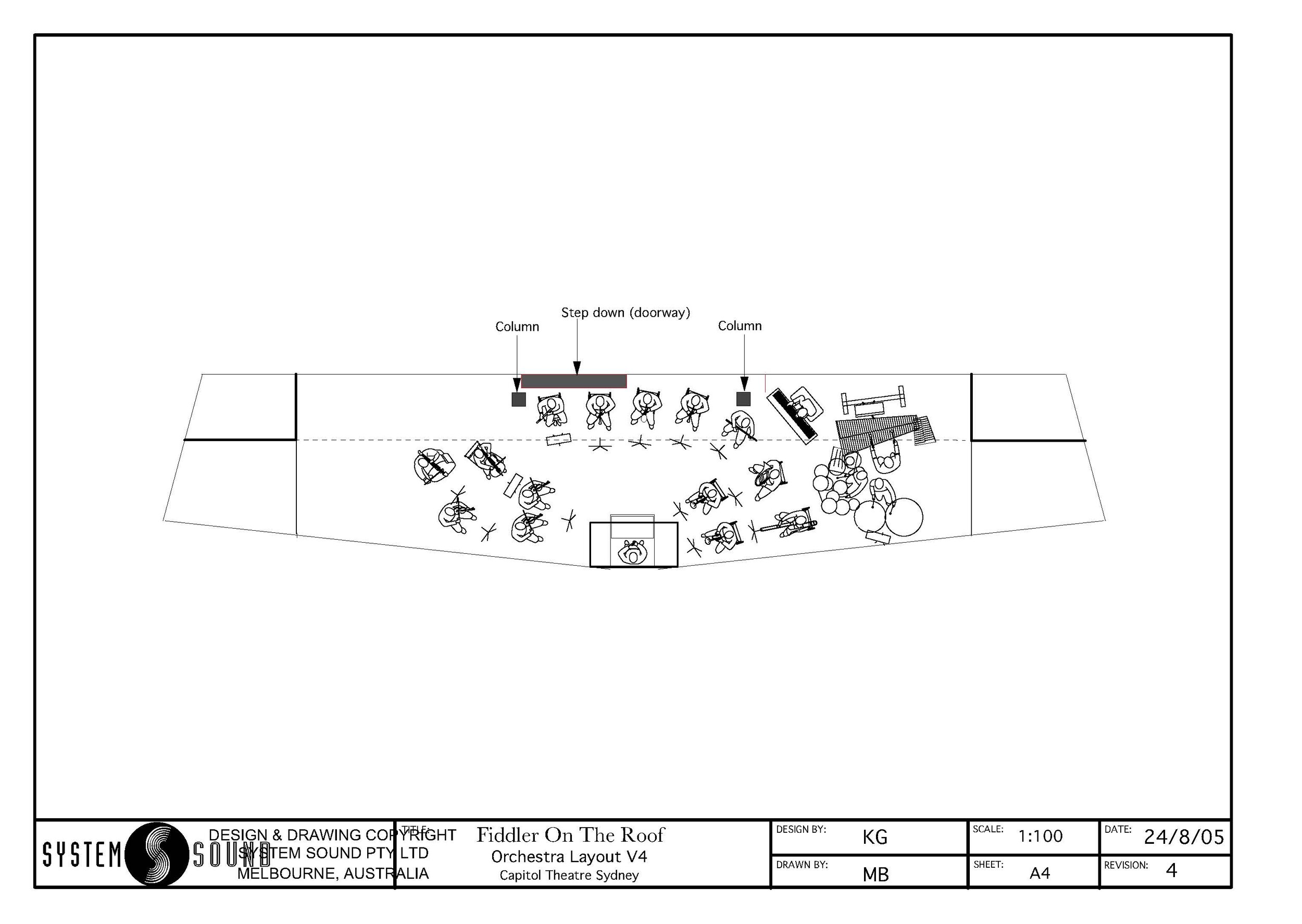
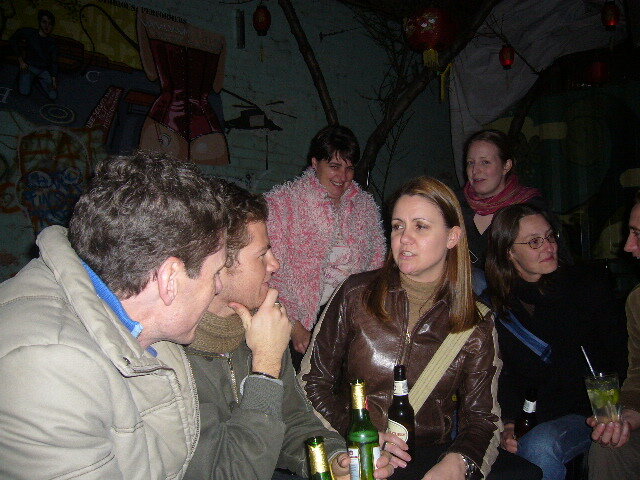
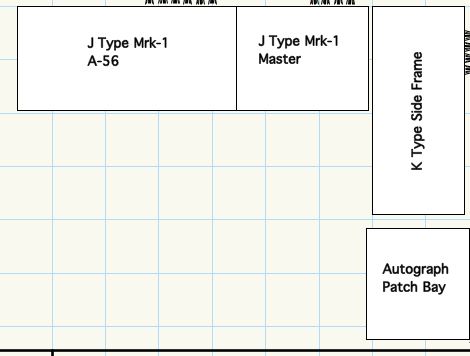
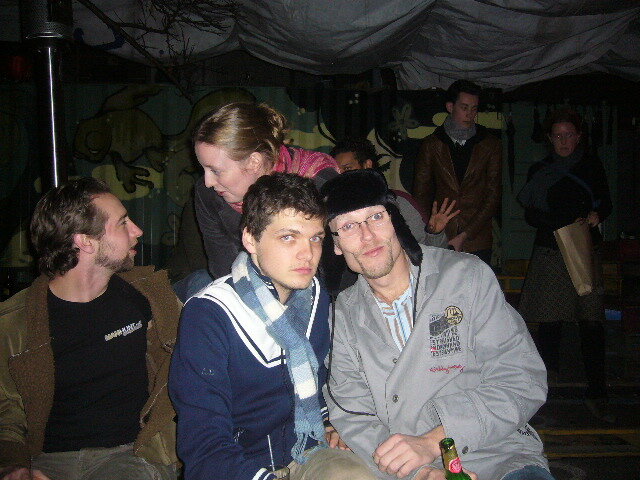
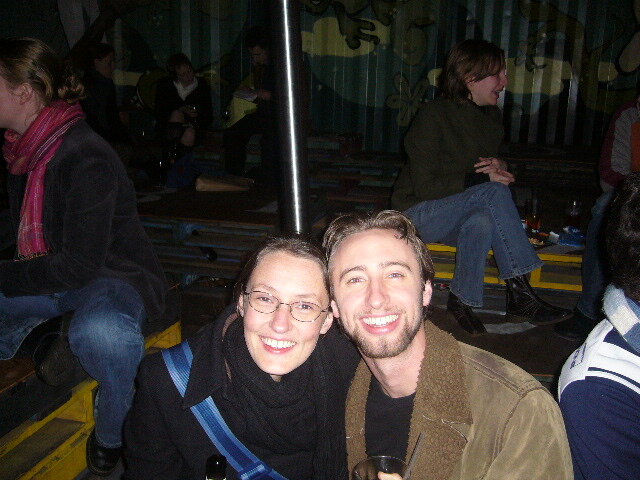
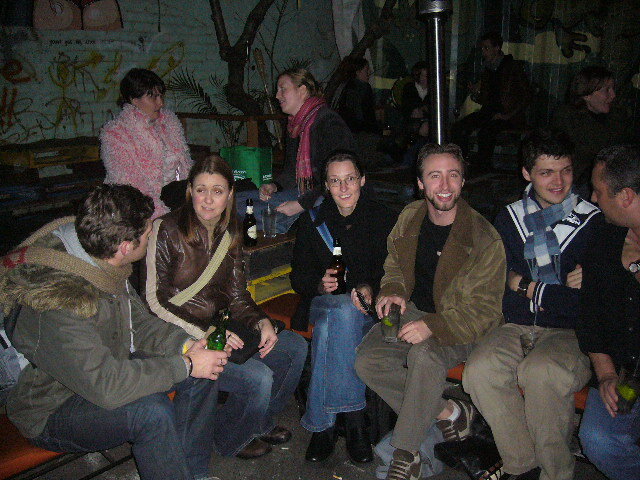
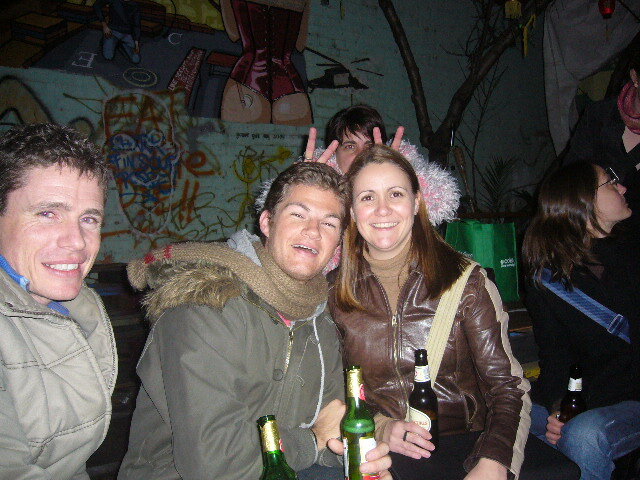
Evita Australian Premier 1980
Adelaide: Adelaide Festival Theatre - 30 April 1980 (opening night)
Perth: Perth Entertainment Complex – 11 June 1980
Melbourne: Her Majesty's Theatre – 2 July 1980
Sydney: Her Majesty's Theatre – 14 February 1981 – 26 September 1981 (closing night)
Evita made it’s Australian premier in 1980 at the Adelaide Festival Centre, with creators Hal Prince and Andrew Lloyd Weber in attendance, and starring Jennifer Murphy in the titular role of Evita with co-stars John O’May as Che, Peter Caroll (performer Tamsin Caroll’s father!) as Juan Peron, Tony Alvarez as Magaldi, Laura Mitchell as Mistress and Mariette Rups as Alternate Eva. In Sydney, Patti LuPone would play Eva for the final season.
Producer Robert Stigwood, known for his role as producer of the Bee Gees was behind this production and it was in association with David Land, The Gwen Burrows Organisation, Michael Edgley International's and the Adelaide Festival Centre Trust. The general manager was Kevin Earle and it’s executive producer was our very good friend John “Robbo” Robertson. It would tour from Adelaide to Melbourne and Sydney for a total of 19 months.
The sound designer was the legendary “The Godfather of Sound Design” Abe Jacobs, and it was opened in Adelaide by operator Adrian Rutter, with Jeannie Hurrell and Warwick Brooks for the set-up. It was pre-automation on a fully analogue Midas TR36. Radio mics were 4 x Micron 200mhz and 4 x Thomson CSF uhf.
The speakers were McCune Sound - John Meyer worked for them - 3 way speakers with Electrovoice drivers and a rack of Amcron (Crown) amplifiers: DC300 for lows DC150 mids and D60 for top end .
Peter Casey would conduct the show for the duration of the run and the Melbourne operator was our founder and managing director, John Scandrett. It would be his last major musical to mix as operator before moving on to focus on sound design.
The show premiered on the back of an enormously popular concept album - Evita recorded with Julie Covington, would outsell Jesus Christ Superstar.
I think an interesting thing to note in the below credits aside from some very familiar names like prolific technical director Mort Clark and esteemed set designer, Shaun Gurton; that sound crew are not credited or featured at all! What a snub!
The opening night party was famously massive, having been thrown by Robert Stigwood at the Old Lion in Adelaide.

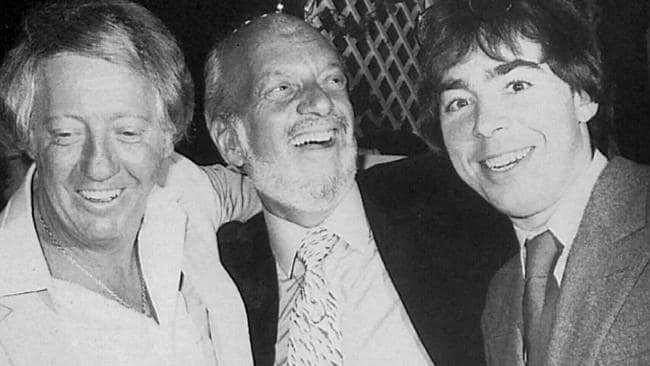
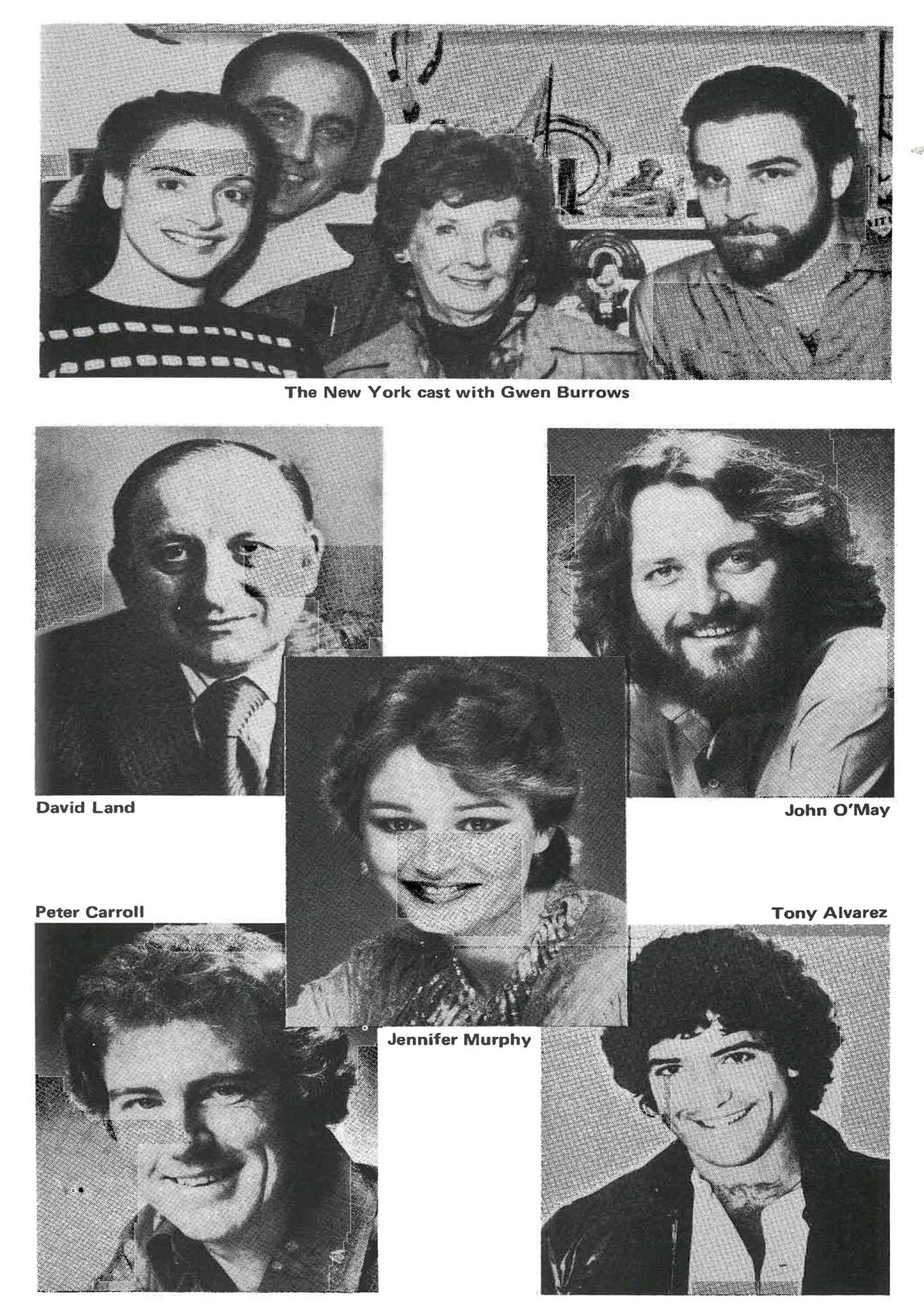

Music Of Andrew Lloyd Webber - 2001
In September 2001 China was officially introduced to the works of Lord Andrew Lloyd Webber with a gala concert staged at The Great Hall of the People in Tianneman Square (pictured), the governments national parliamentary assembly hall accommodating 10,000 seats and tour to Shanghai where it would play at the Shanghai Grand (pictured), one of the largest and best equipped theatres in the world.
Great Hall Of The People - Tiananmen Square
Shanghai Grand Theatre
The Really Useful Group, with producers Austin Shaw, Belinda Fedorow, Kerry Comerford and Tim McFarlane, announced that it would tour four of its leading performers with an Australian cast in a massive concert celebrating the works of Andrew Lloyd Webbers greatest productions over 20 Years. It would be directed by the acclaimed Jo-Anne Robinson.
It is also the meeting place of the National Congress of the Communist Party of China, which, since 1982, has occurred once every five years and the party's Central Committee which meets approximately once a year. This would become a pertinent problem as we’ll discuss later!
The Great Hall covers 171,801 square metres of floor space, it is 356 metres in length and 206.5 metres in width. The centre's highest point reaches 46.5 metres. Its more or less half a stadium in size
Each seat is in fact equipped with a microphone so that parliamentary members can speak as a part of the assembly.
The concert was headlined by Elaine Paige, Sandy Lam, Kris Phillips (Fei Xiang), Tony Vincent, and supported by some very successful and familiar Aussie faces you may recognise in the image below.
The song list and performers happen to still be in our archives and we’ve included them below. Musicals featured were The Phantom of the Opera, Evita, Cats, Sunset Boulevard, Joseph and the Amazing Technicolor Dreamcoat, Aspects of Love, Whistle Down the Wind, Jesus Christ Superstar and The Beautiful Game. It boasted an orchestra of 60 and comprised of a 140 minute performance with interval. Mic’s were 32 Schoeps and MKH80’s on basses. The orchestra was lead by Patrick Vacariello, David Young was on piano, Lindsay Partridge on keyboard, Gary Norman on Guitar, Dean Cooper in percussion, Lead Trumpet was Norm Harris and on Horn, Lyndon Garger.
See any familiar faces here?
At the base of this article you’ll find some YouTube links to performances from the show.
The show was mixed by Mark Benson and John Scandrett, on two Midas XL200’s (pictured) with Greg Blades mixing foldback on a Yamaha M3500 (also pictured) and Cam Herbert offering radio and backstage support for 47 mics, 25 channels of SK50’s with 1046’s, 3 x SK3072 hand radios and 25 x DPA4066 Headsets.
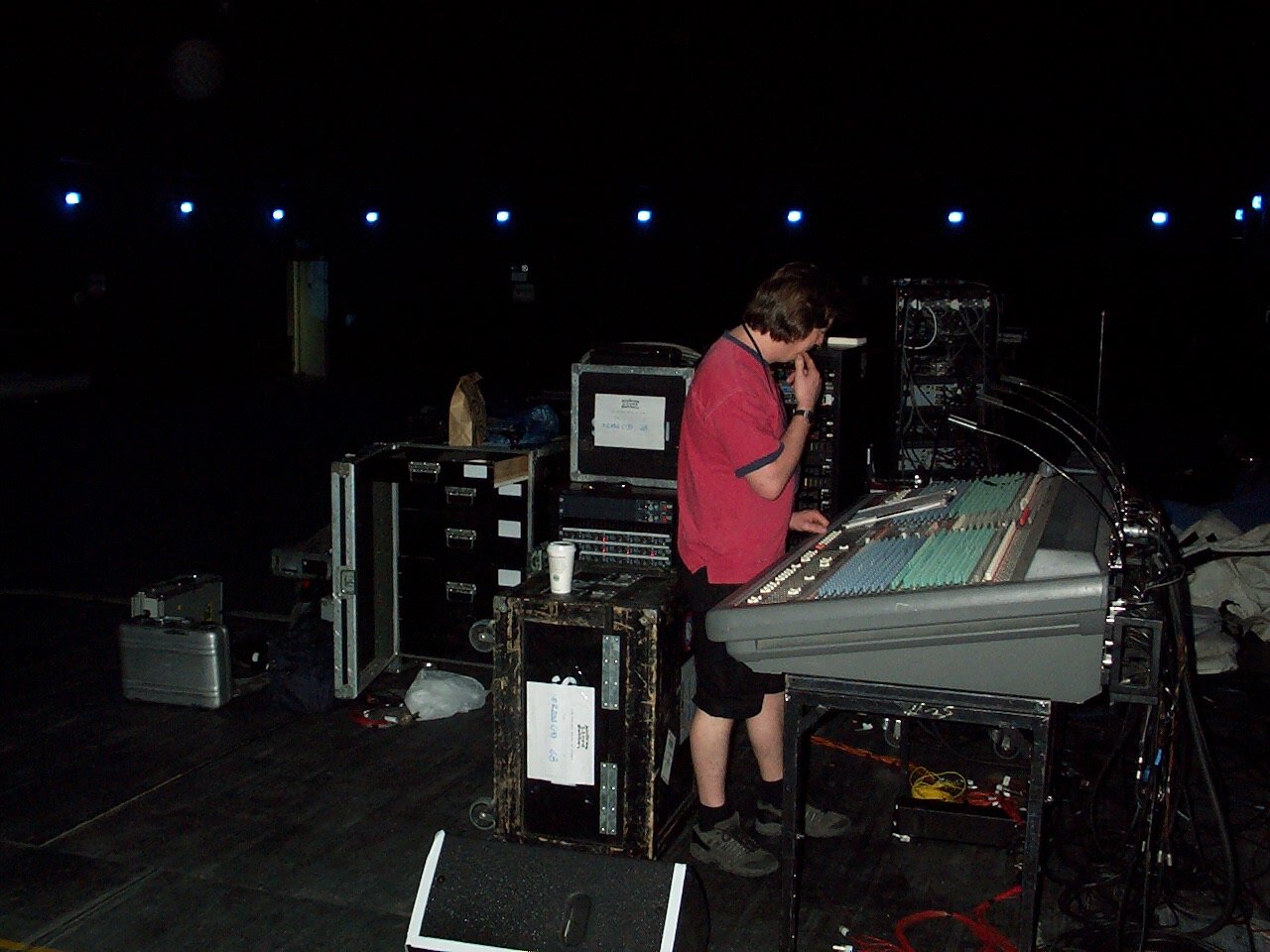
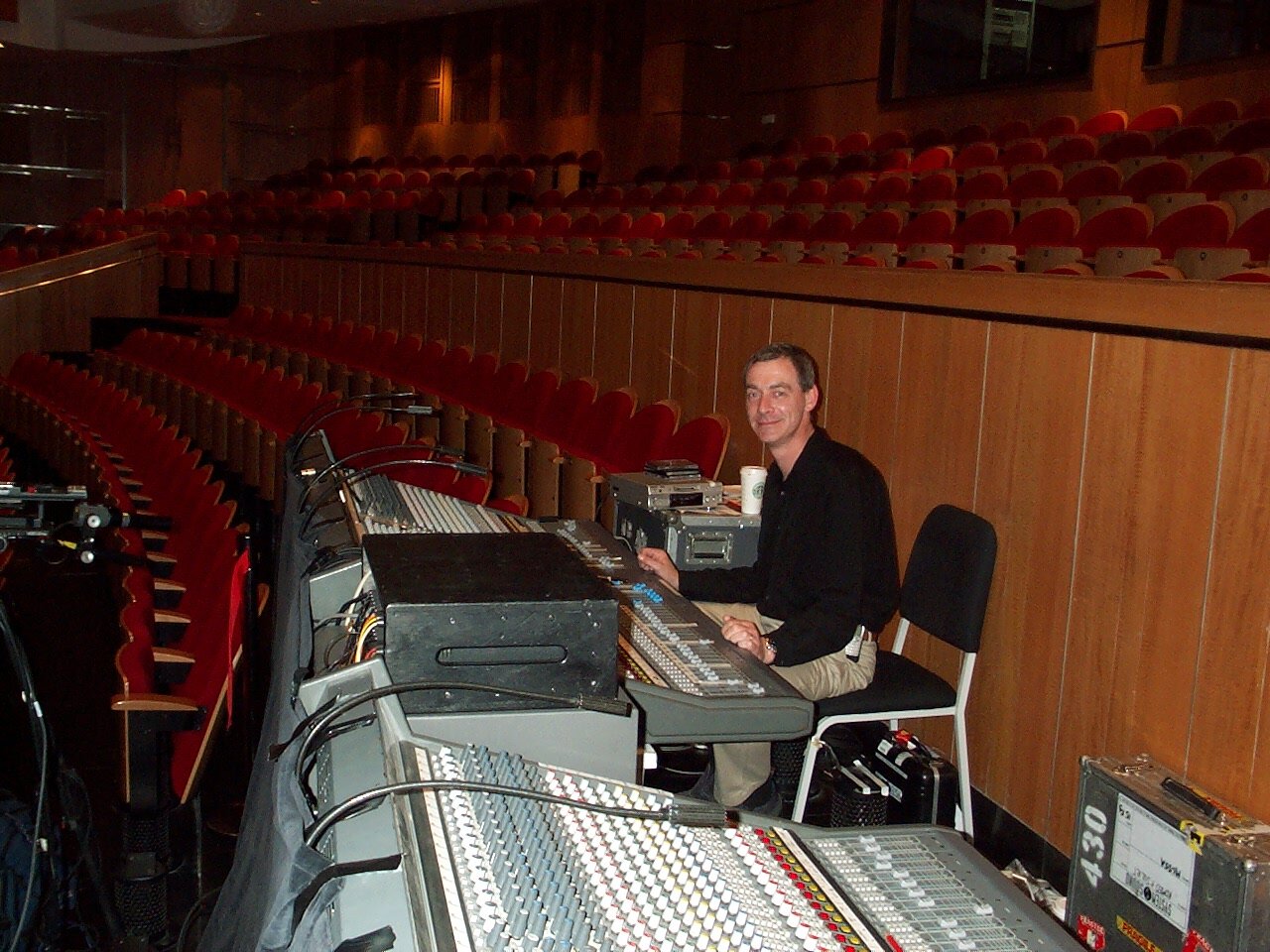
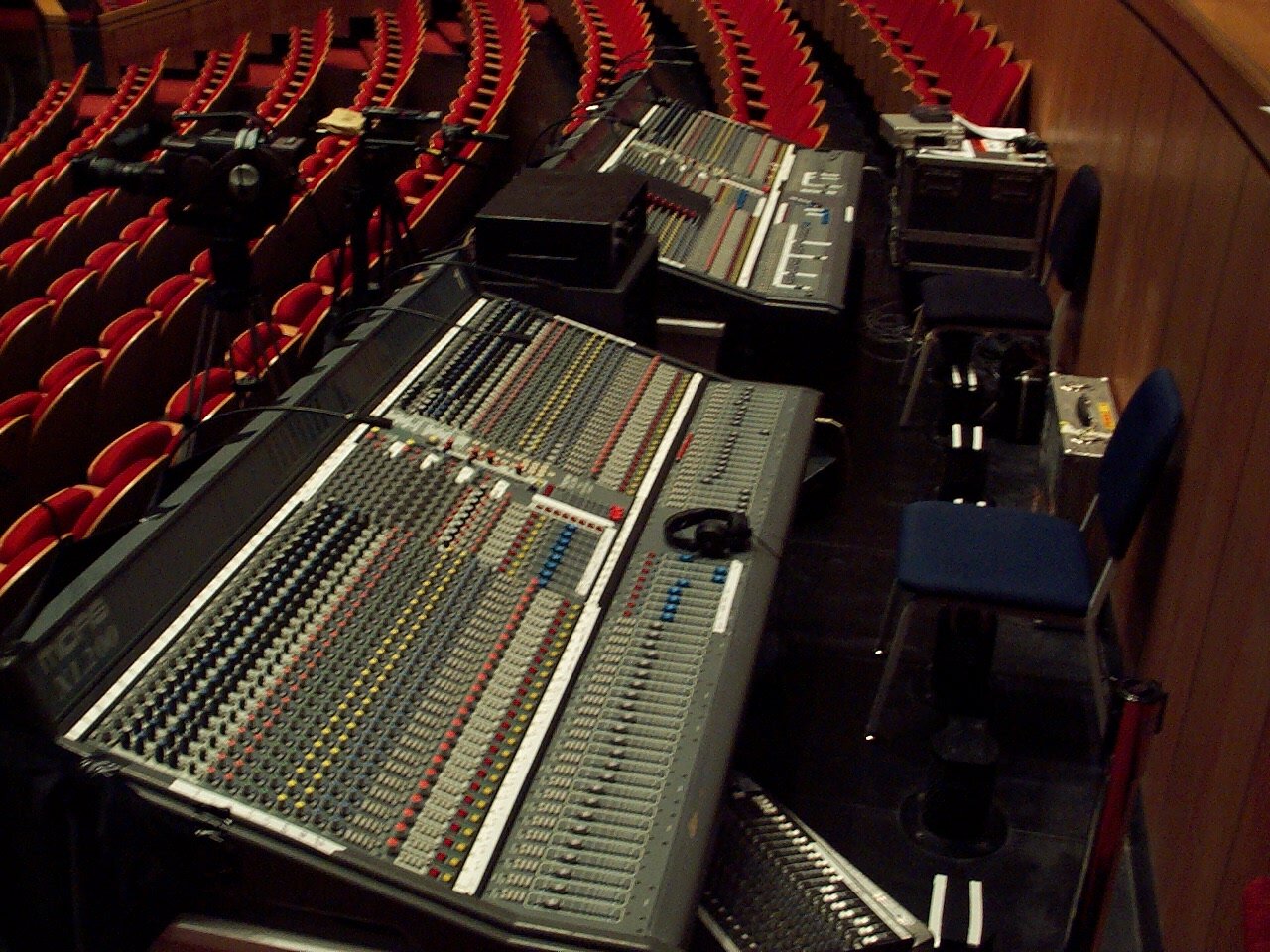
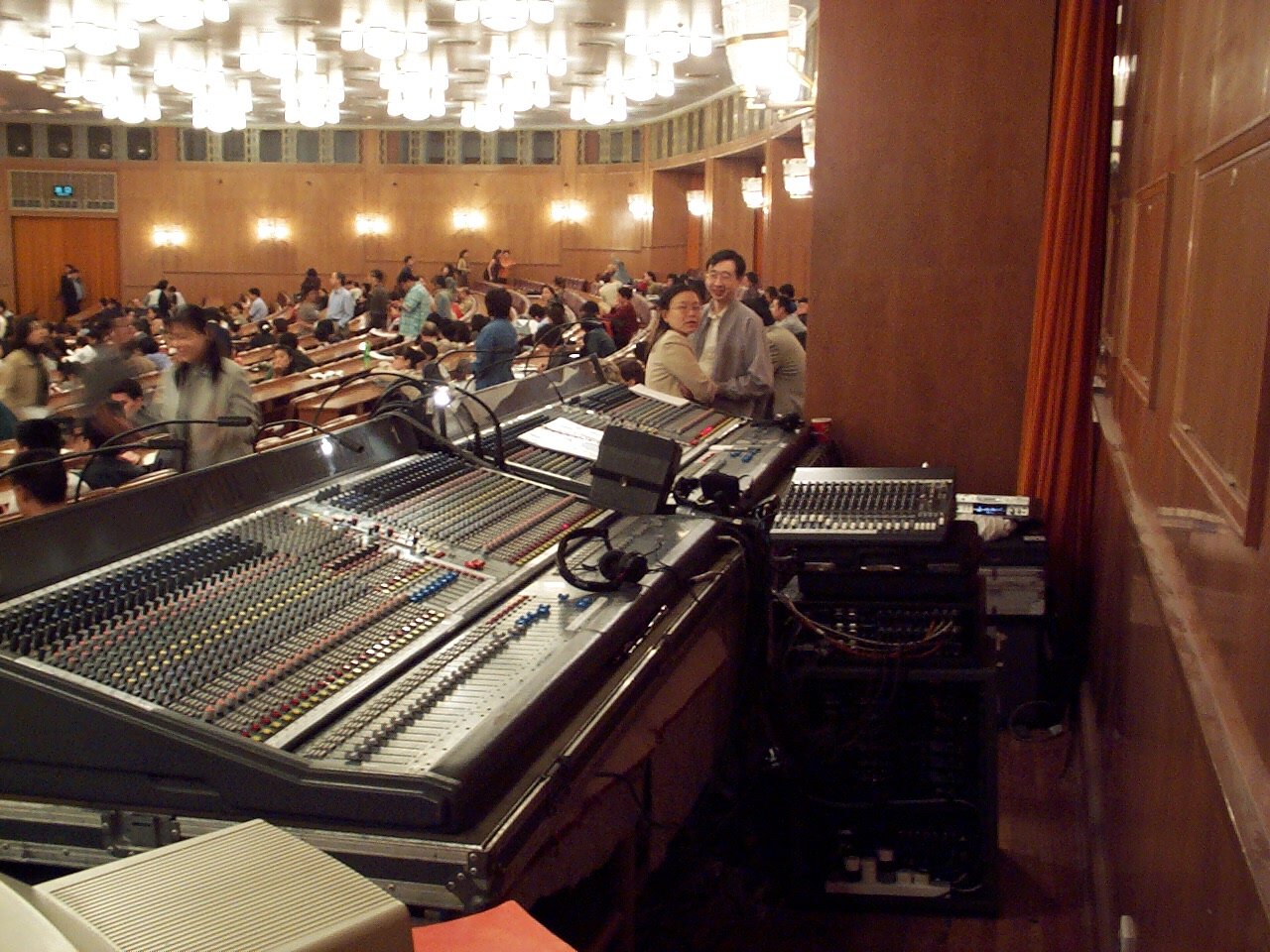
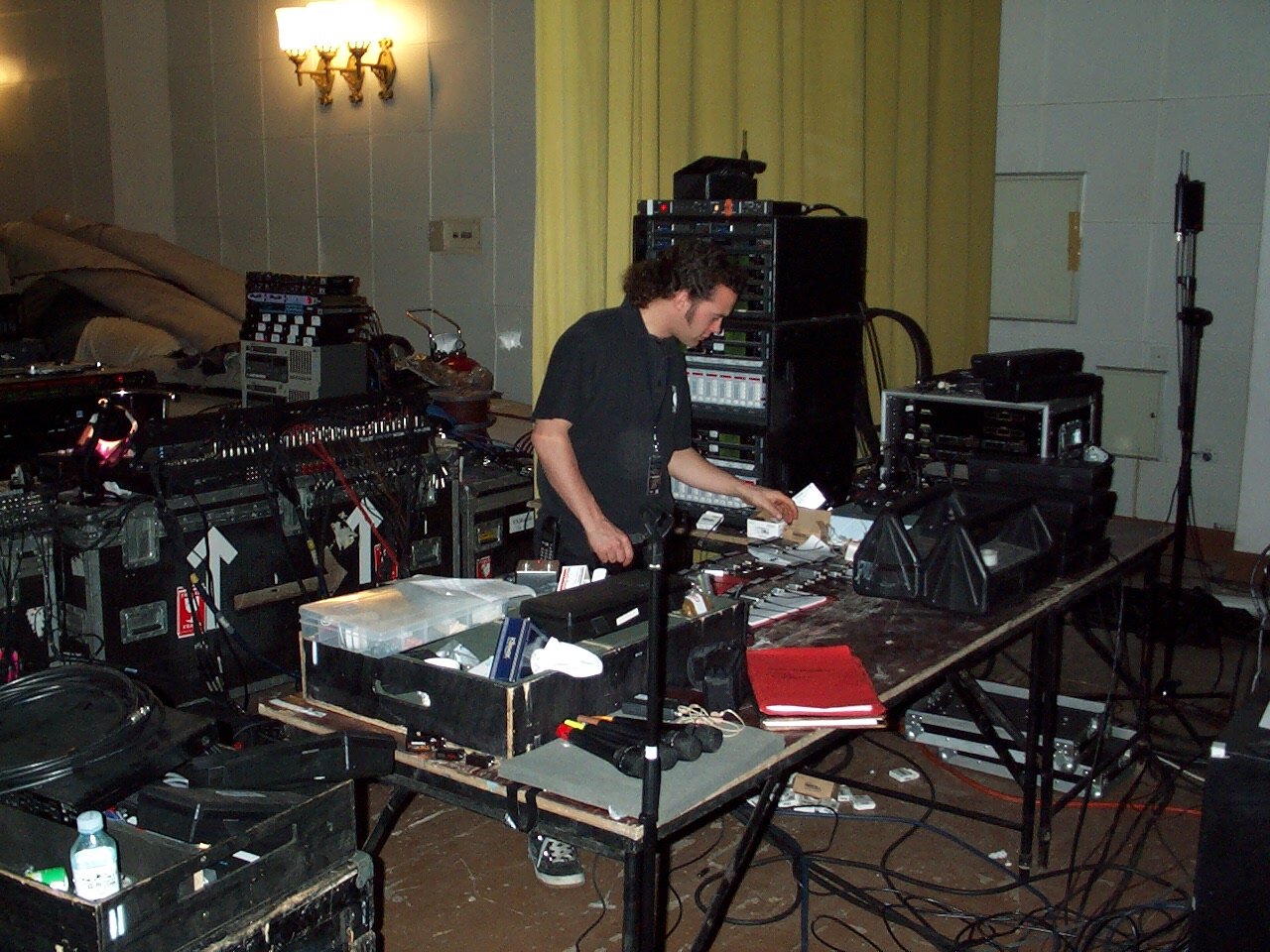
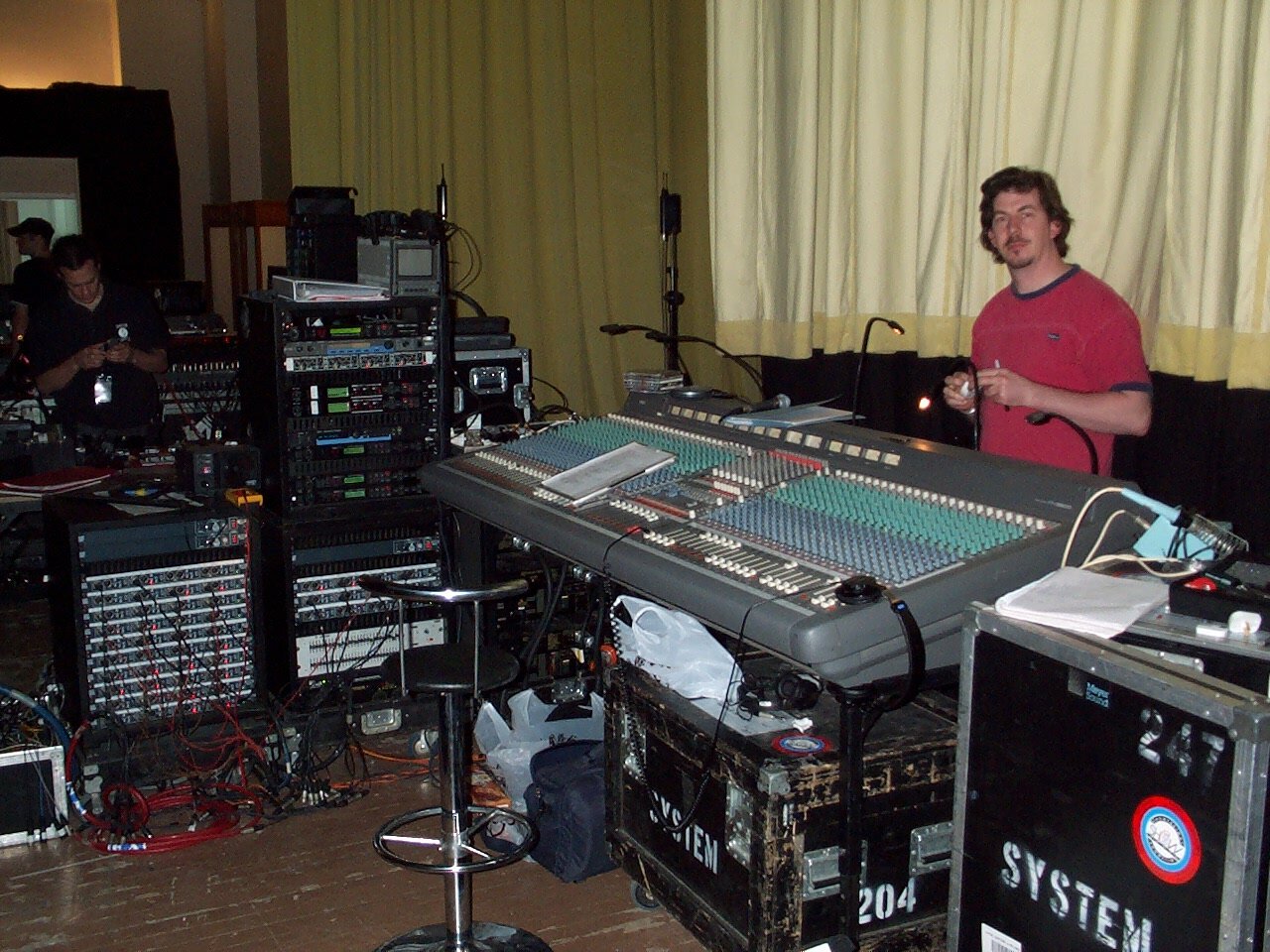
The system itself was Meyer Sound Msl-4’s, 6 per side, with two UPA-1P’s used as upfill. Four 650-P subs per side were used and 7 CQ-2’s formed the front fill. All were hired locally and stacked on scaffolding each side of the stage.
This venue however was unique – on the day of set up an emergency meeting of the Chinese National Assembly was called and bump-in was cancelled entirely, resulting in any work already done being stripped. Gear was bumped in to be bumped out and bumped in again that night. For the sound team that meant a 26 hour shift.
The fatigue, however, took it’s toll. In the next city, Shanghai, the orchestra was set up on an on stage riser and whilst positioning speakers John fell 2m from the orchestra platform, hitting his head and being taken to emergency for a CAT scan and 24hrs of obs. While recovering back at the hotel for one day before returning to work, famous Hong Kong personality and recording artist, Sandy Lam kindly organised her traditional Chinese medicinal practitioner to attend to him even gifting him a Chinese carved mail stamp as a gift for his efforts during the show. You’ll notice the black eye in several of the photographs. Here’s one with Kris Phillips (Fei Xiang) and one with Elaine Paige signing a poster for us! (picture also included here)
This unforeseen change in schedule also pressed the cast with rehearsals being pushed forward dramatically. The production however was a complete success, selling out and drawing critical acclaim; effectively introducing Andrew Lloyd Webber to China on a grand scale. The show itself was internationally broadcast and published in CD and DVD the next year.
Finally here are some photos of the team on the steps of the Great Hall after the show waiting for the bus and in Shanghai having a drink on the Bund after the show there.
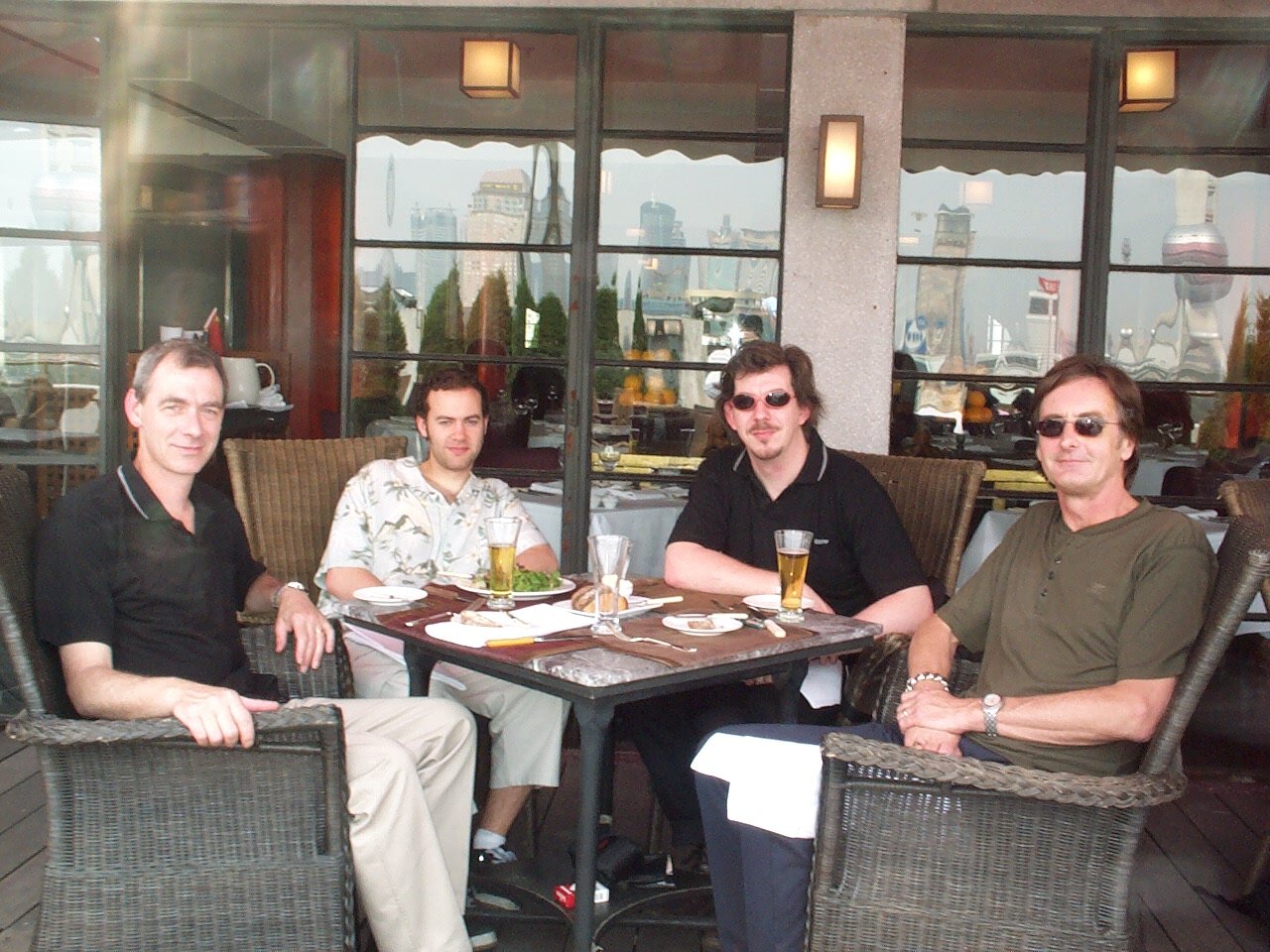
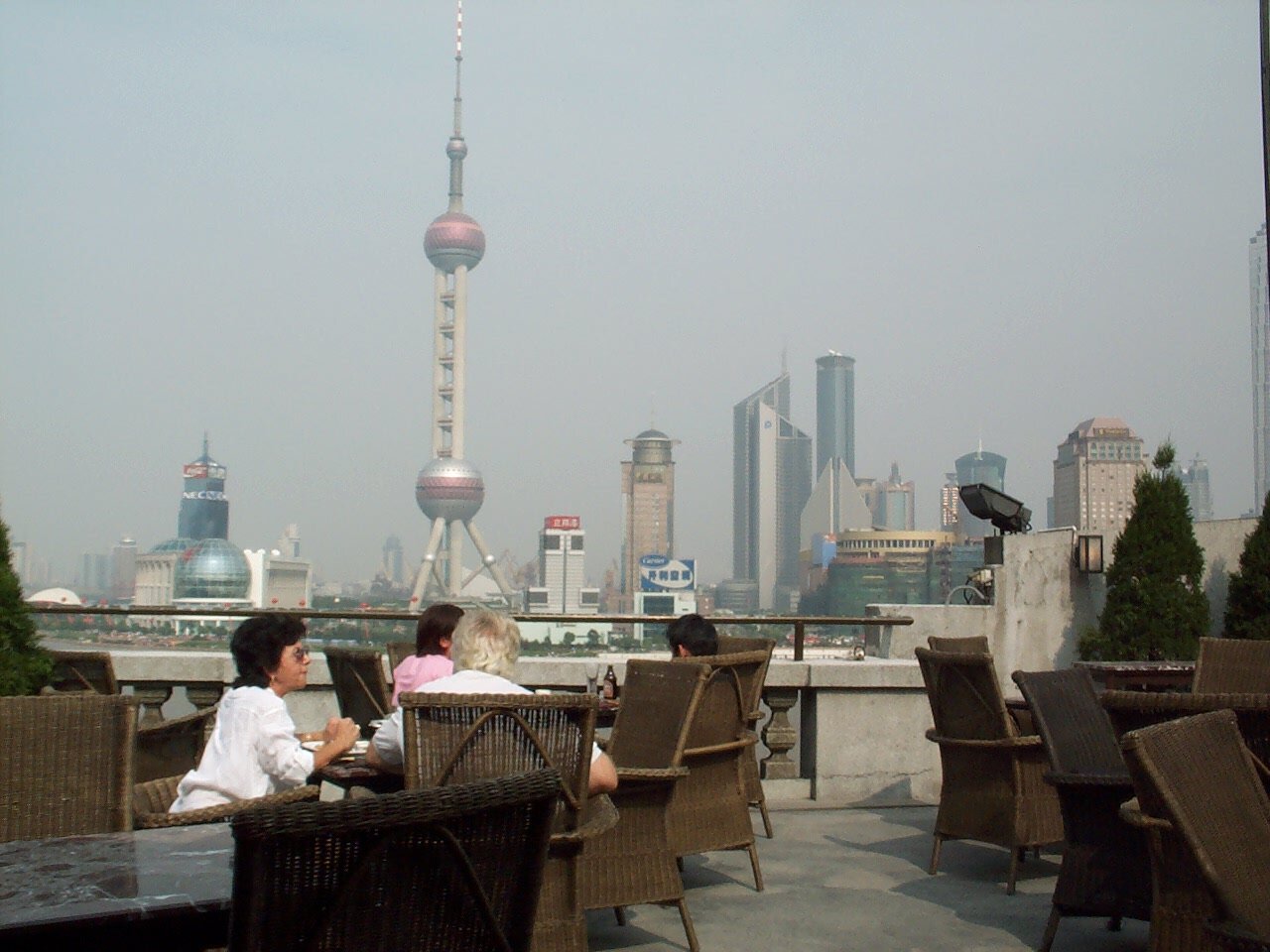

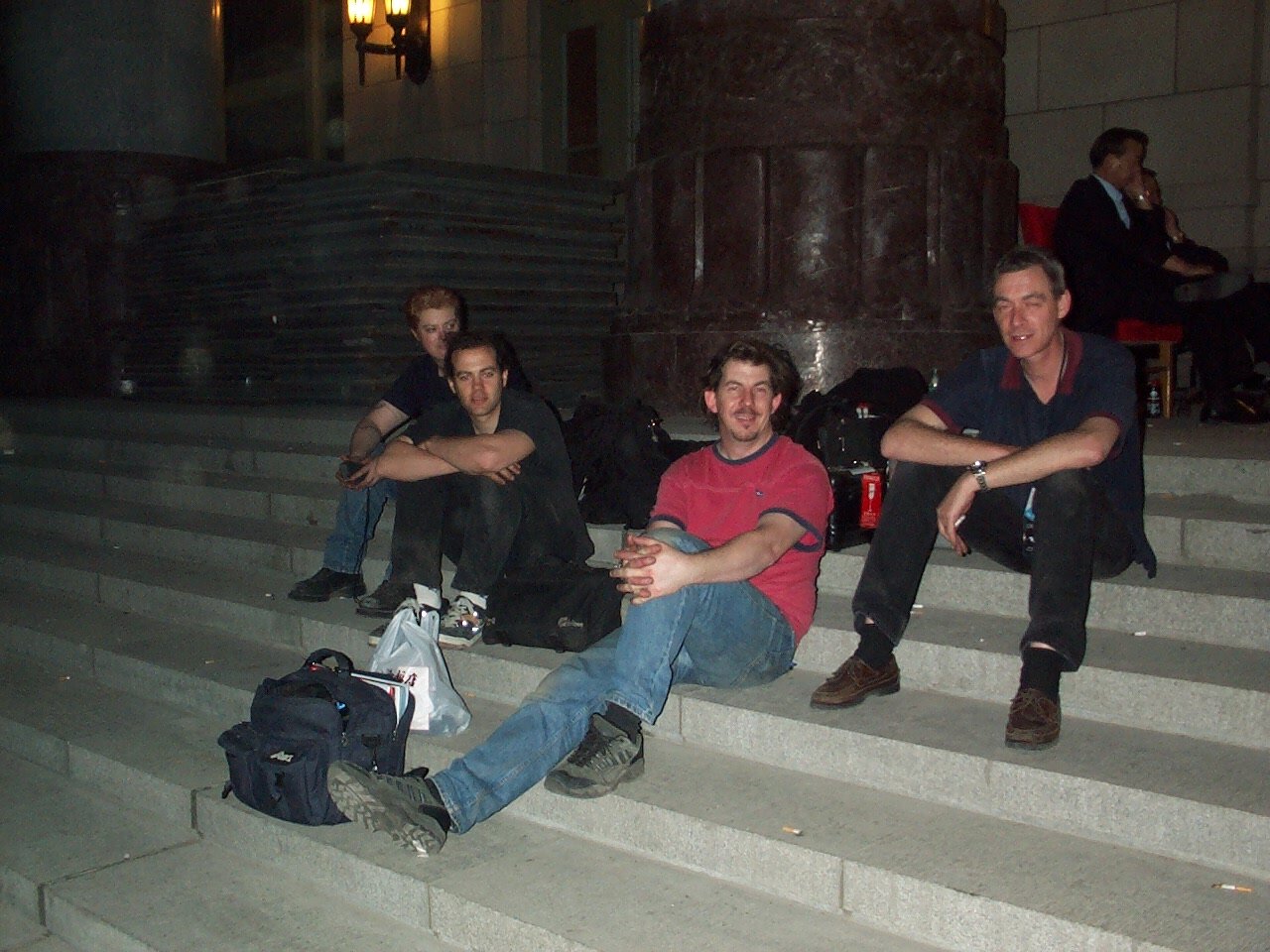
Anything Goes... Apparently
This is just a little one to tie you all over until we get the full lowdown on the 2001 Music of Andrew Lloyd Weber Tour. We’re working on it now!
Fun facts:
The opening night was delayed by a bomb scare!
The entire system was UPA-1’s
The tour was a big success
Hope this keeps you busy until our next post!
Click the button below for the high res version of click the photo below for the compressed version
Starlight Express '87
Starlight 87’
We’re starting with a classic 80’s one…
The year is 1987 and John Scandrett and Peter Grubb are working tirelessly to supply the sound equipment for the tour that nearly never came to Australia, Starlight Express, just weeks before its arrival.
System Sound has recently ordered a landmark 50 Yamaha PC2002 amplifiers, that at the time were the finest in their field, weighing 20 kilos each and powering just one of the 50 pa speakers required for the upcoming tent tour.
This was no ordinary tent – it was the world’s largest at the time. The Starlight Supertop was a vast canvas tent housing 6,500 seats, and was imported from England. It took up almost an entire car park at the Sydney Showground and was managed by the Australian Circus Family the Bullens. On New Years Eve 87’/88’ John, Pete and company would climb onto its canvas roof to watch the fireworks in the harbour.
To Martin Levan’s (Phantom of The Opera, Song And Dance) design, System Sound provided the 48 Meyer UPA speakers, the most compact and powerful speakers of their time, still in use today, and the 12 Meyer MSL-3 speakers that formed the main speaker system, together with numerous sub-bass and SFX speakers. To do the maths, the amplifiers weighed just over a tonne. That would have been without the racks they sat in. This is all of not having mentioned the 7 kilometres of 4 core speaker cabling that ran the show. It was a heavy affair…
Fortunately the first 25 amps arrived just in time to be wired up in the week before. Two per rack, fully fitted out and wired up. The others only turned up on site at the tent, on the first day of use. You can imagine the rush.
The Really Useful Group and Australian producers had partnered with Benson and Hedges (yes) to bring Starlight to Melbourne after a successful run in the Tokyo Yoyogi Stadium, and would bring two sound English operators to run the show – Martin’s Associate Richard Sharratt and Jane Bloomfield. This was, of course only part of the equation. In the late 1980’s there were not enough radio microphones for back-up mic’s, so System provided an operator to run two 24 track MCI studio 2 inch tape recorders with tracks for every performer that the operator could switch to in event of a mic failure.
Simple and easy solutions…
Wireless mics themselves at the time weren’t built for musicals as they are now and this became apparent during the technical run of the newly tent staged show. Firstly the space was huge and the reception wasn’t the same as a small theatre in London; secondly boom “Madonna” mics didn’t really exist yet so mini mics like we use on normal musicals were fitted to coat-hanger wire bent into a headset shape.
This would have been fine if it wasn’t massively louder than the mics could handle. The Sennheiser transmitters had to be reduced 16dB in sensitivity, and to increase the Countryman mic’s maximum output level to handle the SPL being right in front of a singer’s mouth without distorting, they built, on site, dental floss boxes, that would supply 12v to the microphone, to achieve the max SPL required. At the time the only quick source of miniature 12v batteries was found in a tobacconist in King’s Cross in Sydney, by purchasing two dozen cigarette lighters to throw away, keeping their batteries for use in the radio mics.
The next major challenge came with the location of the show, in Sydney’s Showgrounds, in Moore Park on the doorstep of a quite leafy suburb proposed one major question – how would the production handle noise control? A strategy was devised:
An acoustic consultancy firm was brought in to measure the noise from the production around the nearby houses, large stately homes and mansions surrounding the area. A 20ft high, 200ft long iron wall was erected to help control the sound dispersion.
System devised a clever trick to maintain background noise level in the peaceful night time using Altec Lansing A7 speakers to supply white noise outside the tent so that music that escaped from the tent would not be perceived as an annoyance above the ambience in the front yards of the nearby houses.
So the operator would know if he was hitting the noise level liable for complaints, a set of traffic lights was placed next to him, switching from green to amber, to red, letting him know if he was crossing the line.
Devious!
Anyway, as the show toured around Australia it met with great success, especially in the Tennis Centre in Melbourne, finally winding up with a relatively quiet season in Adelaide.
Finishing again in the tent, there was no site office provided for the team so John ordered a 30ft caravan to be brought to site - from his mobile phone, a 25 watt device with an antenna that would burn if touched, with an acousticoupler providing for the all important faxes to be sent and received on the go – 3 minutes per page! It was also the size of a briefcase…
Check out the embedded link for a downloadable pdf of the program from the show and this outrageously dated, part one of a documentary on the production on YouTube.


